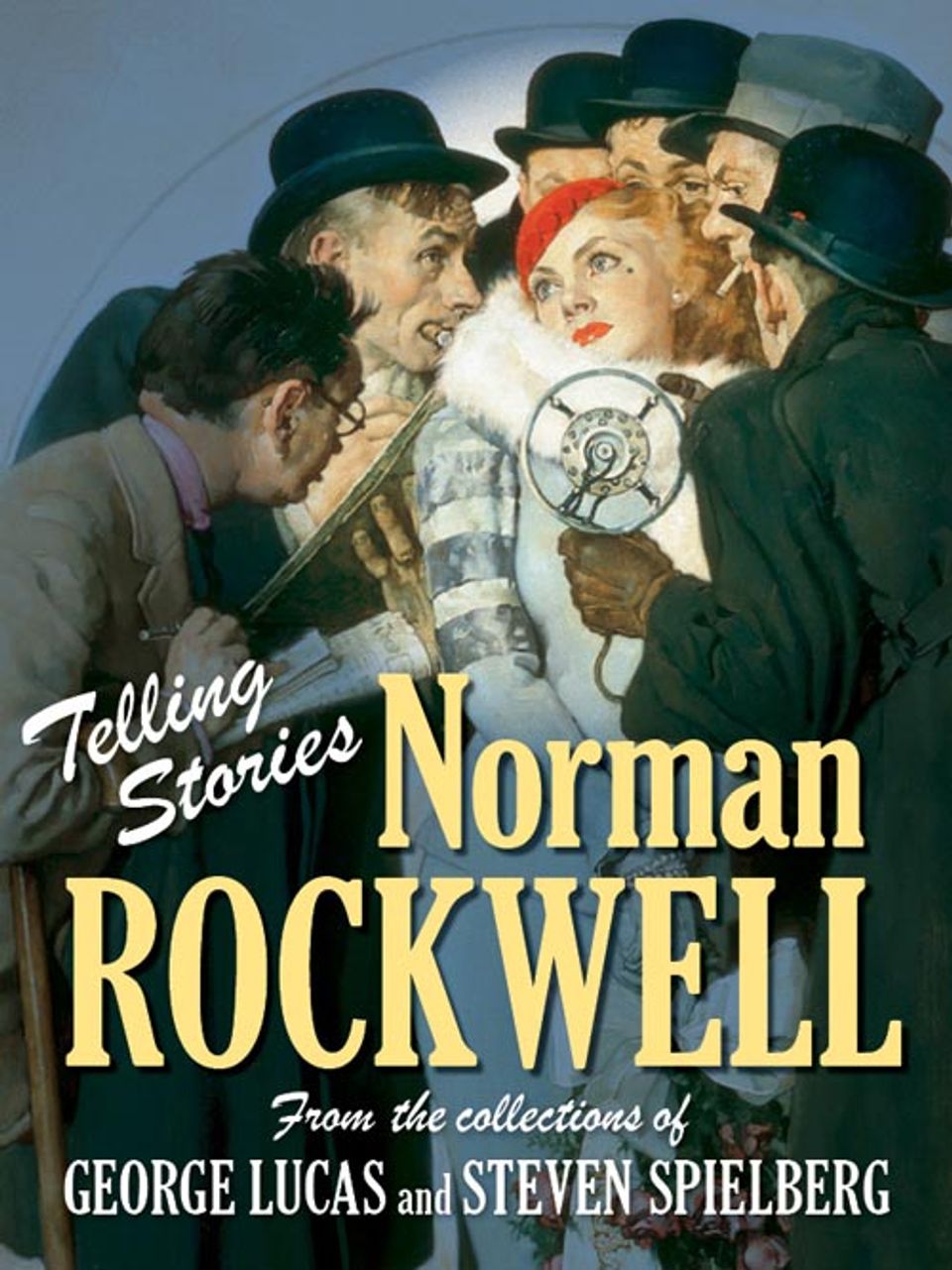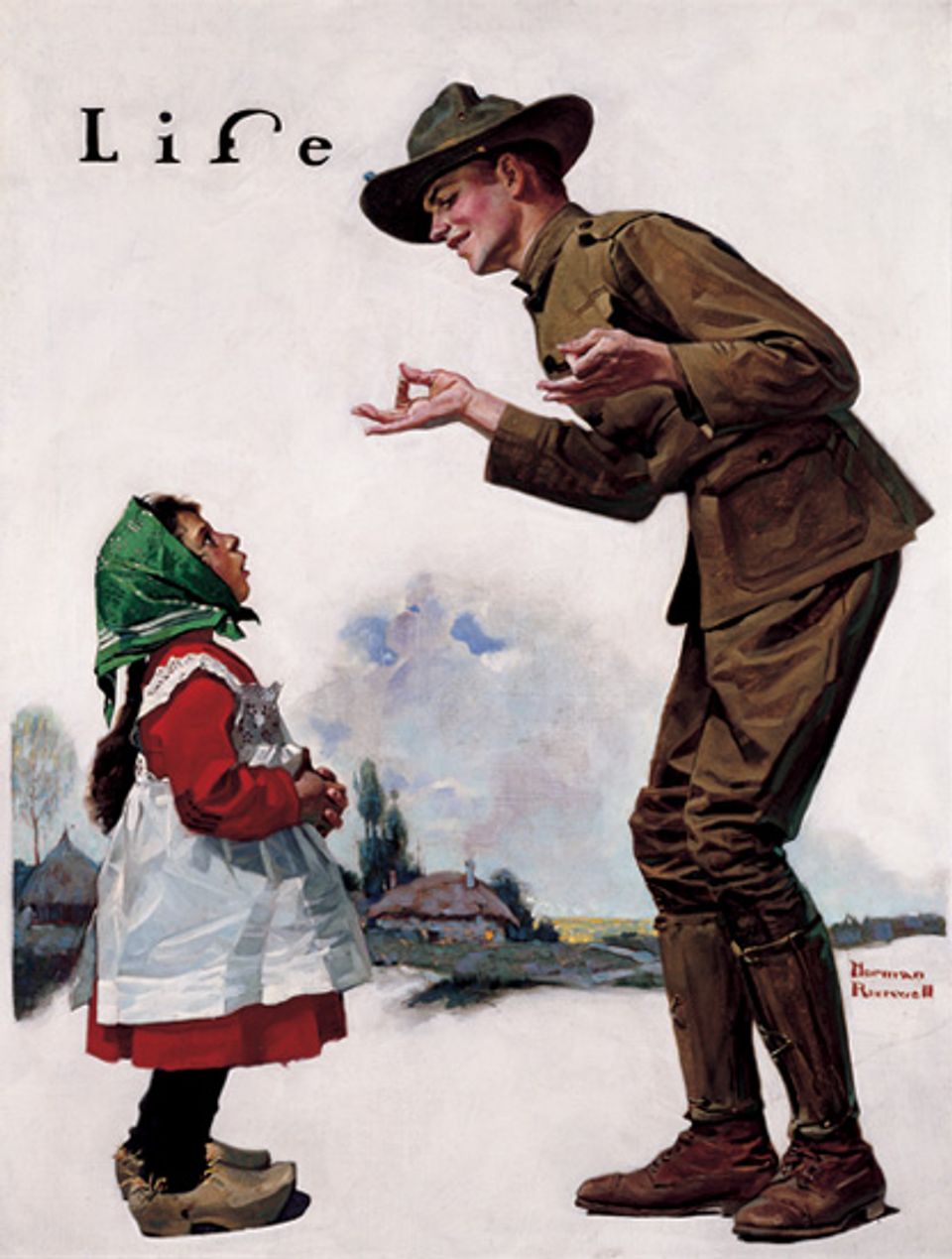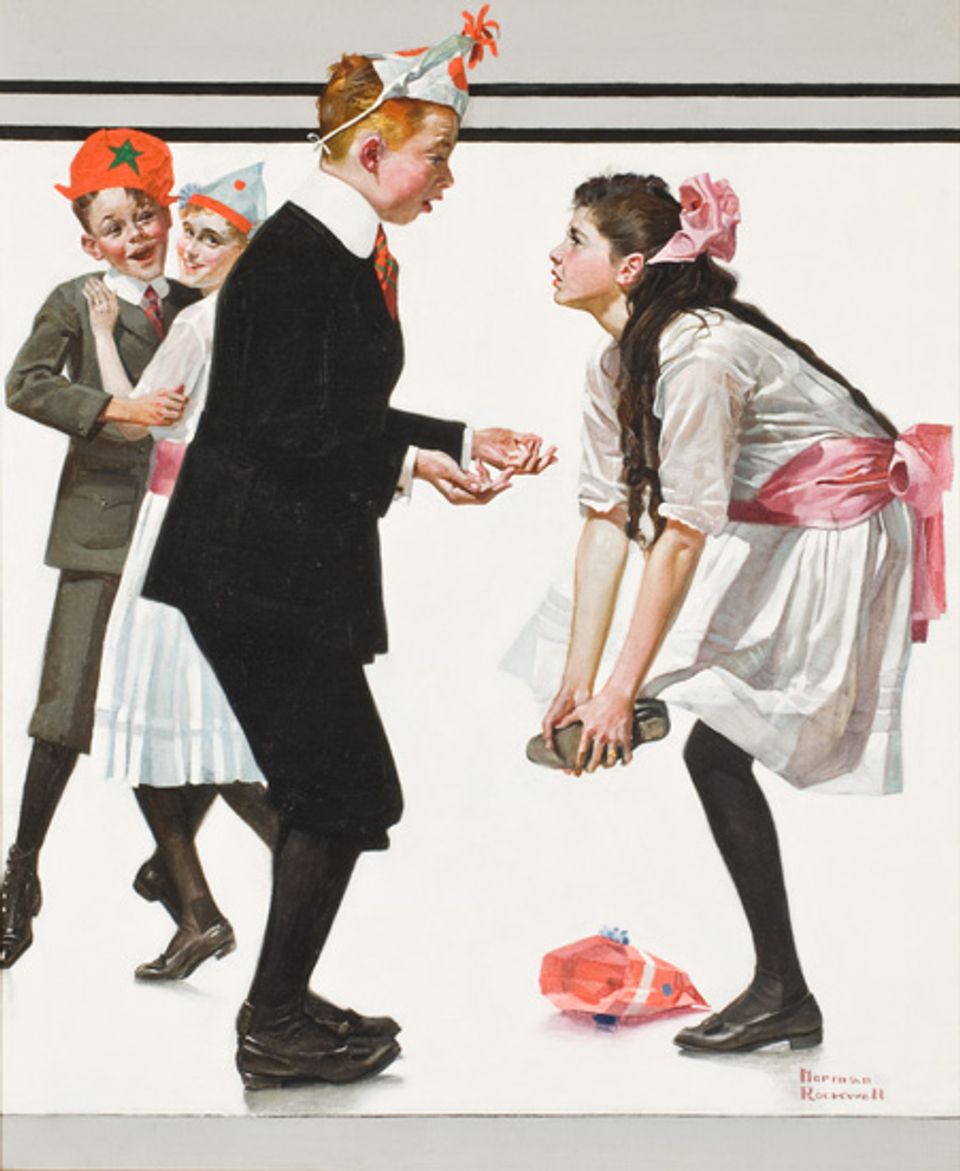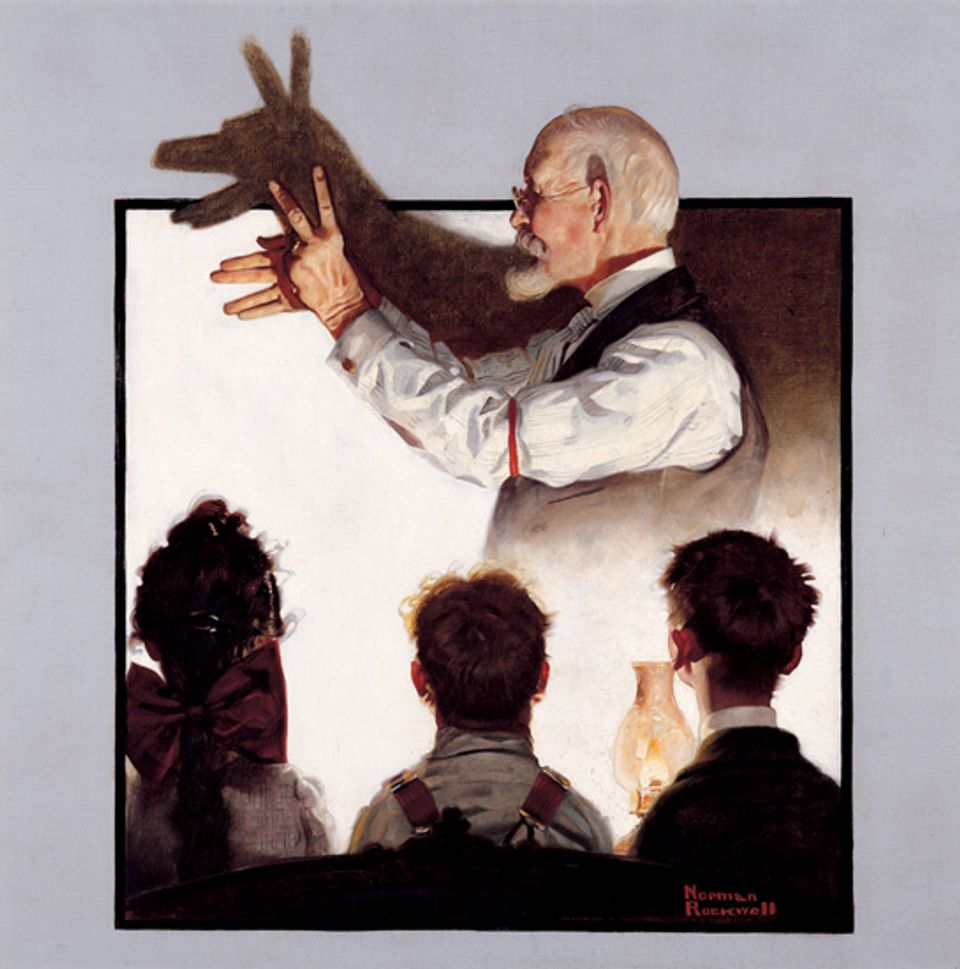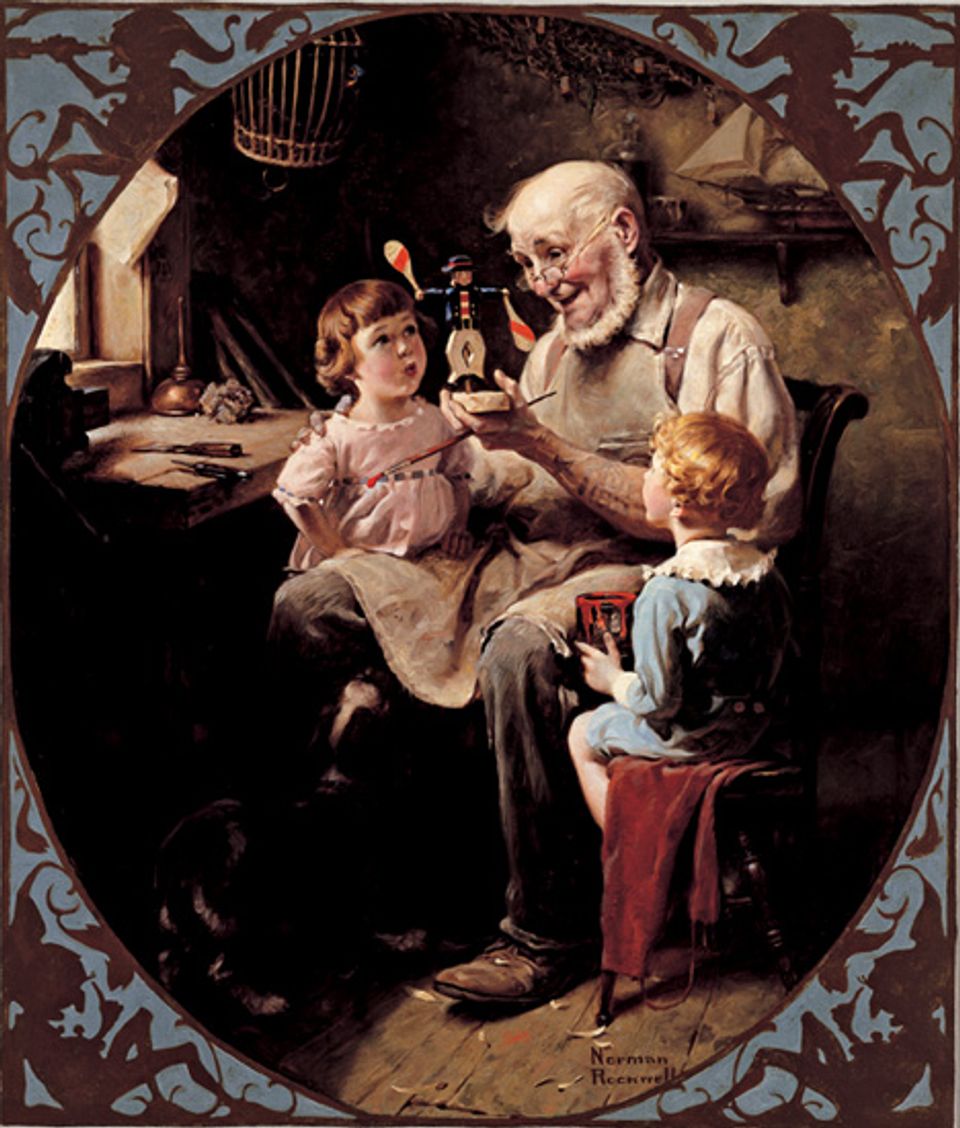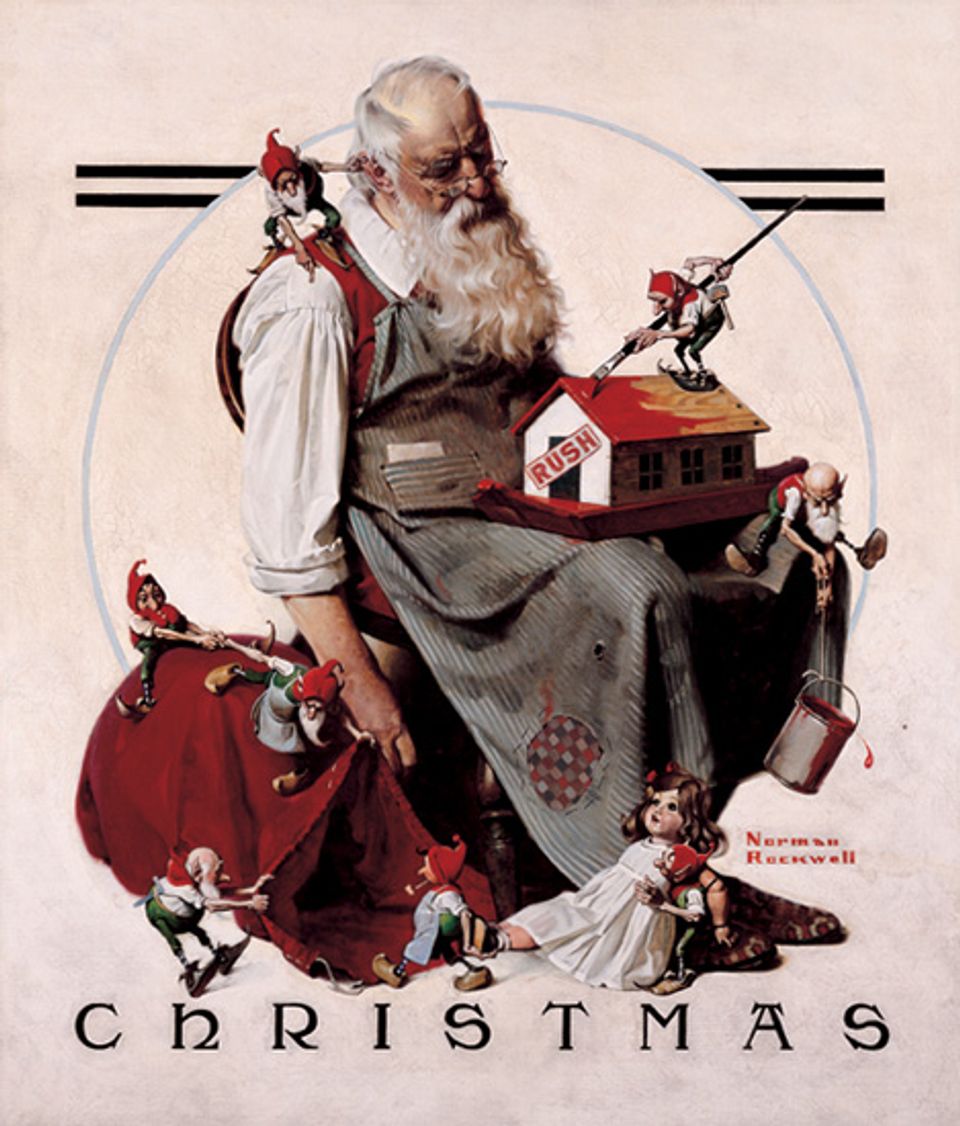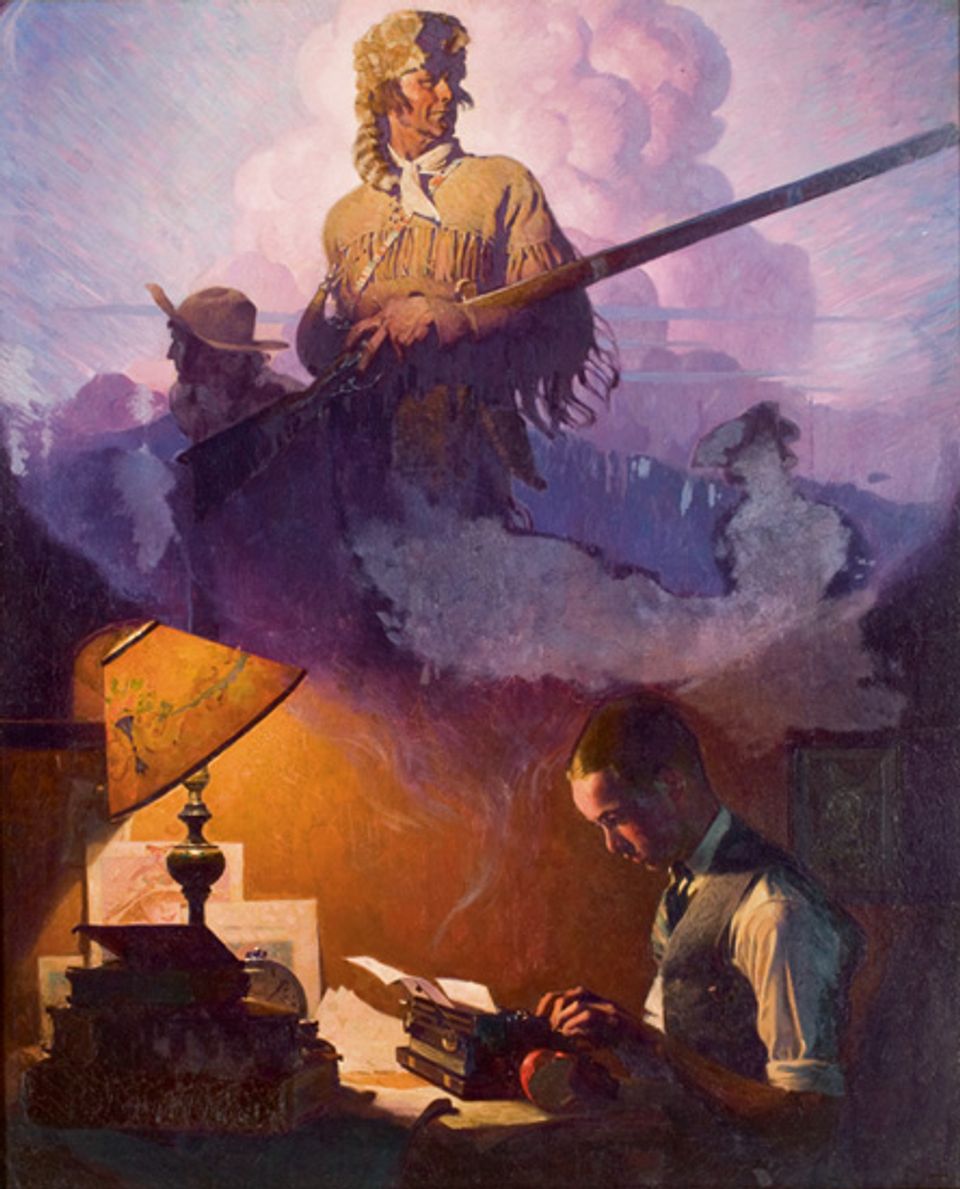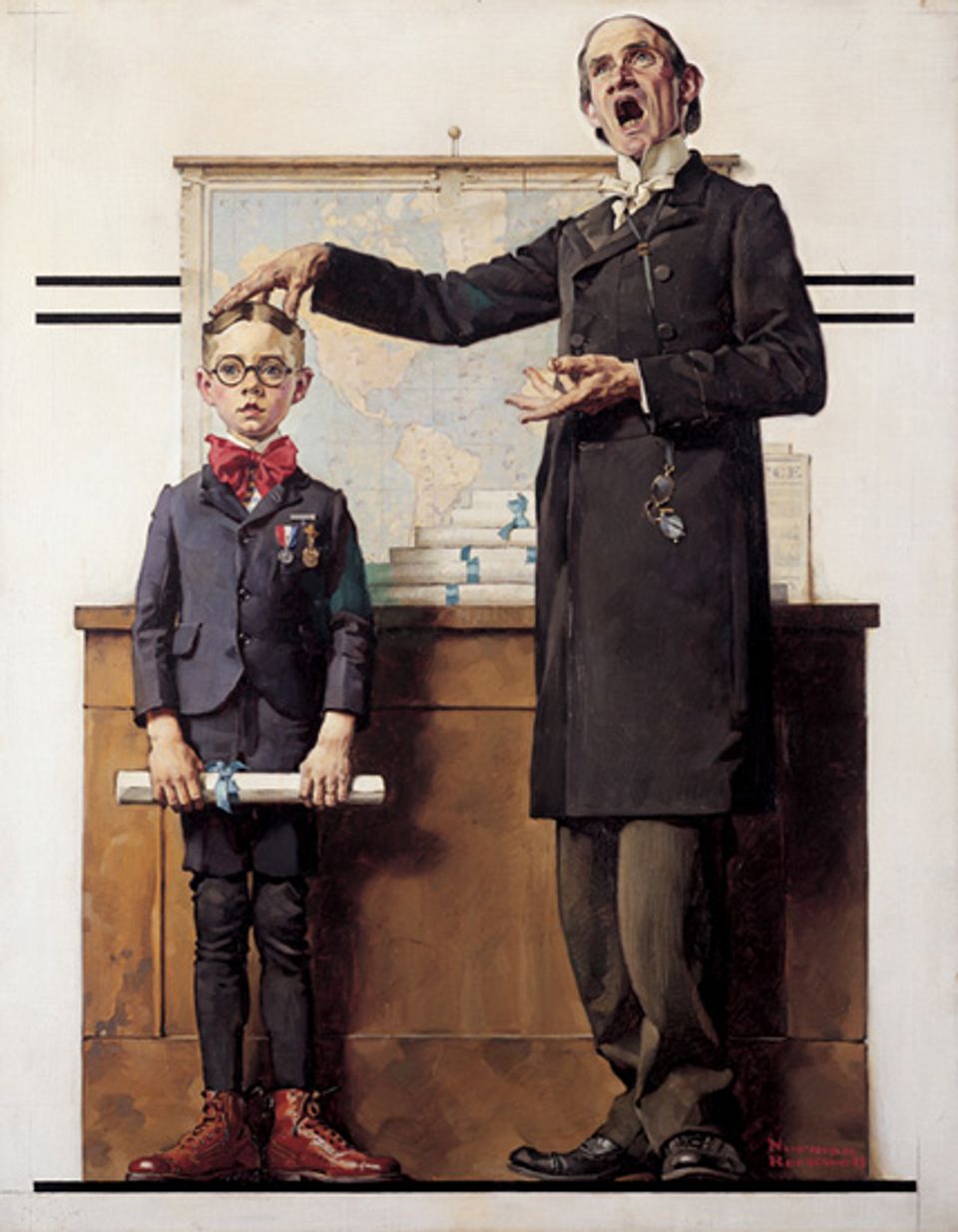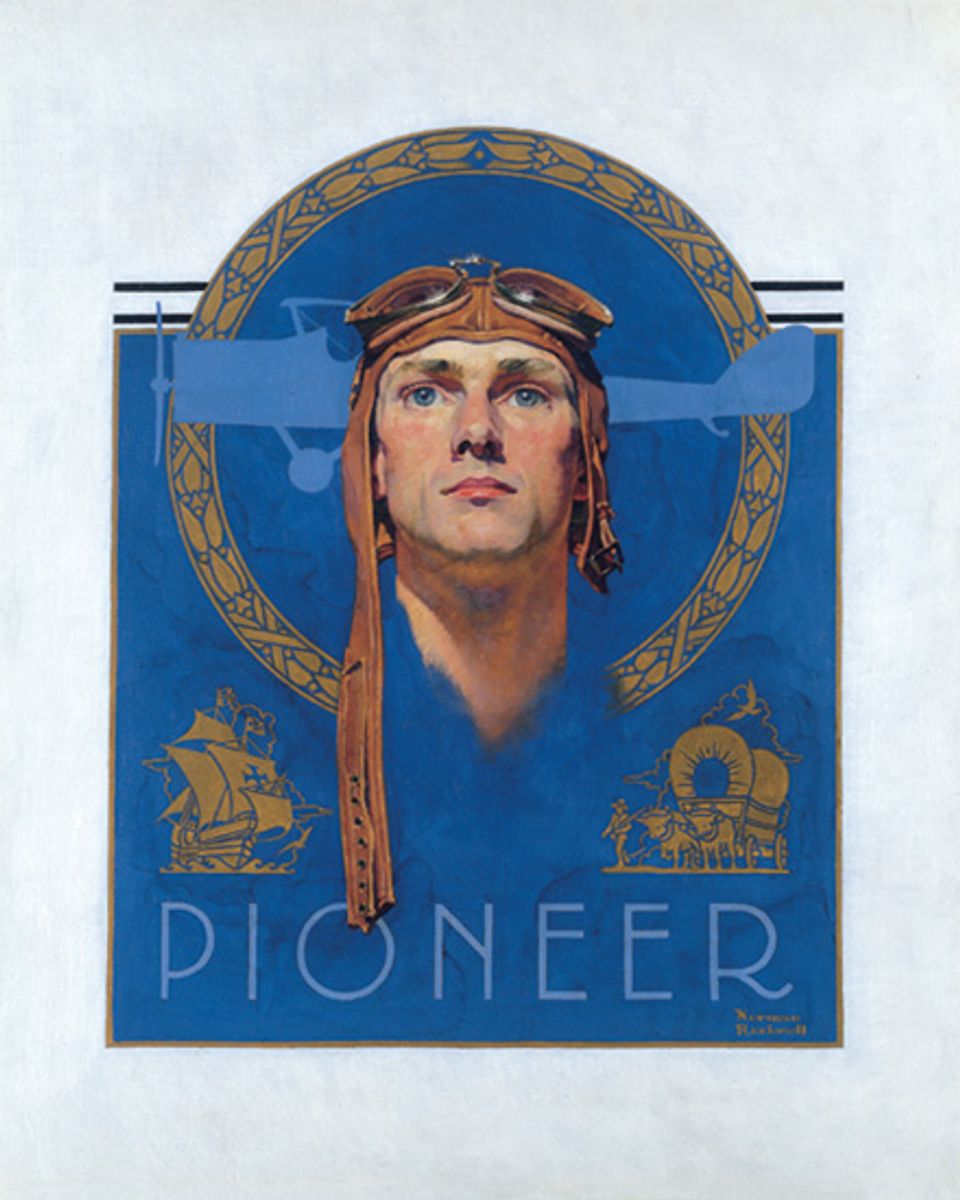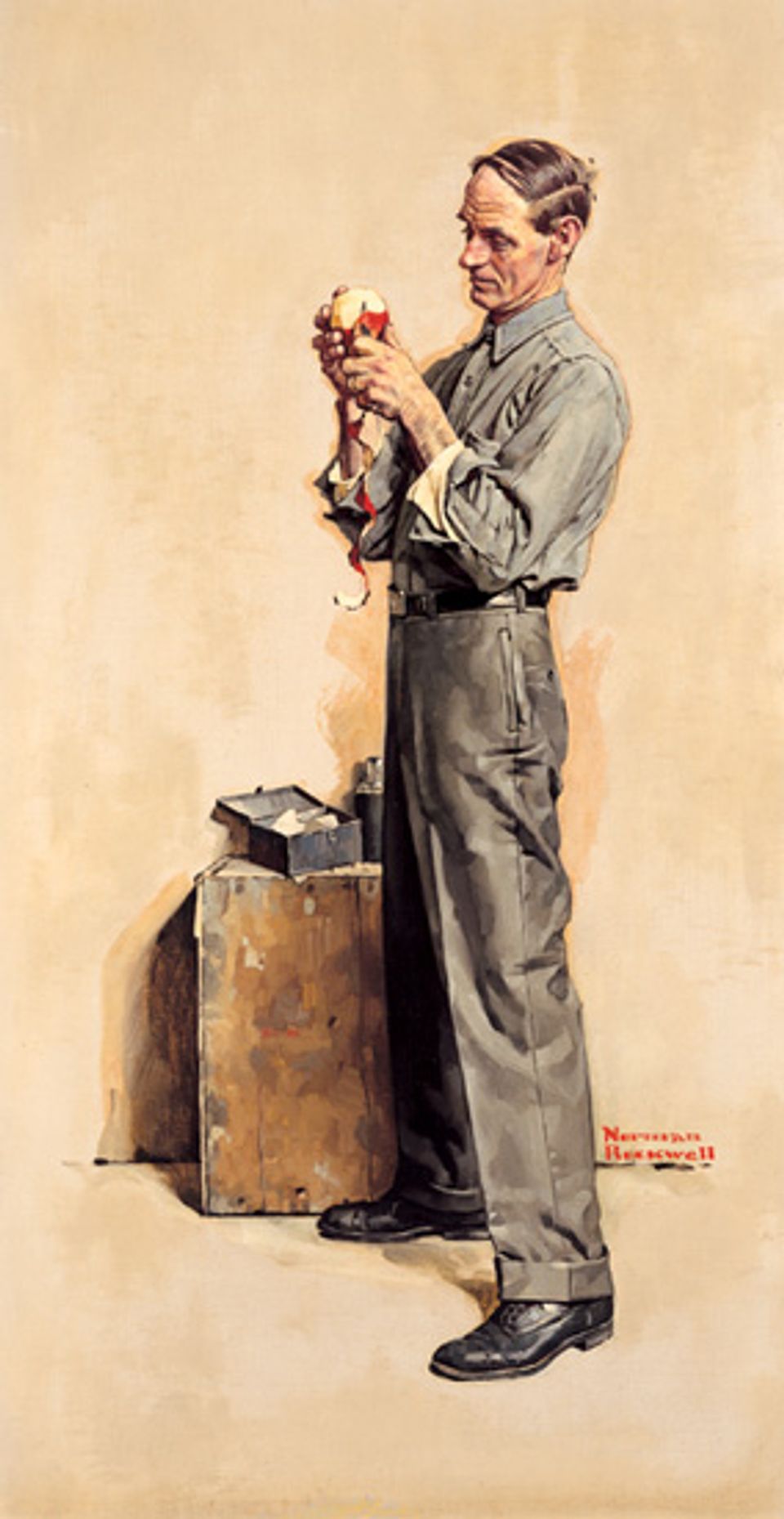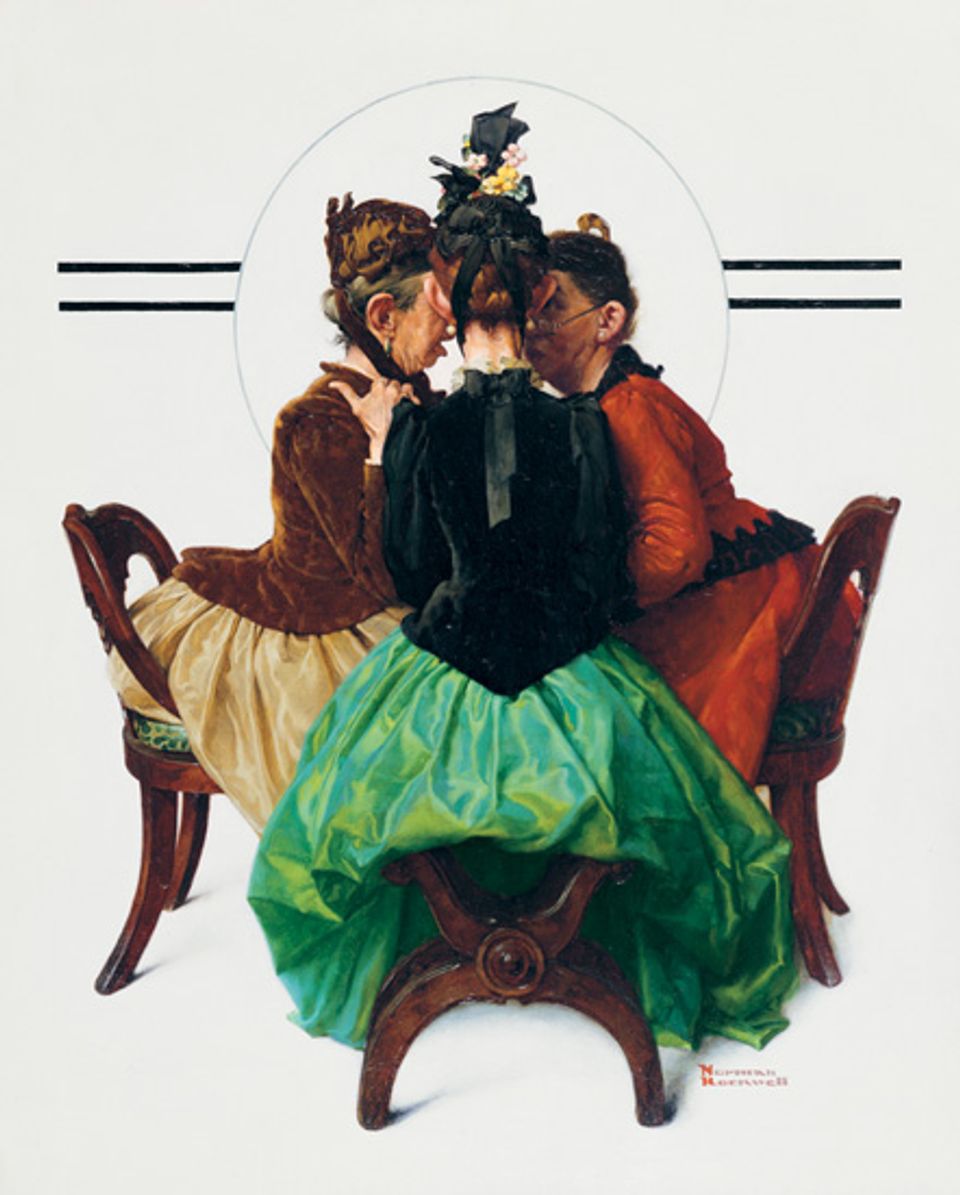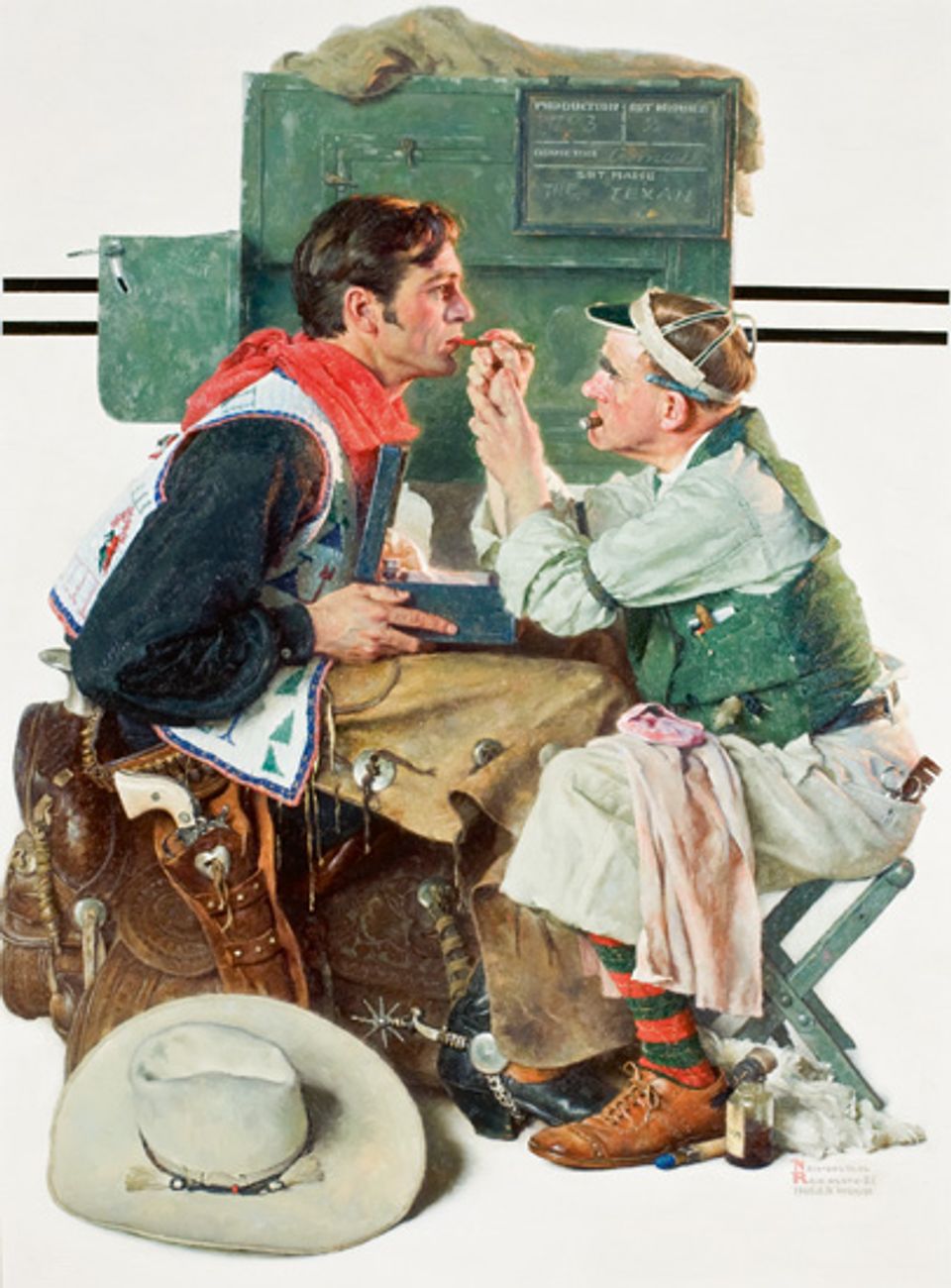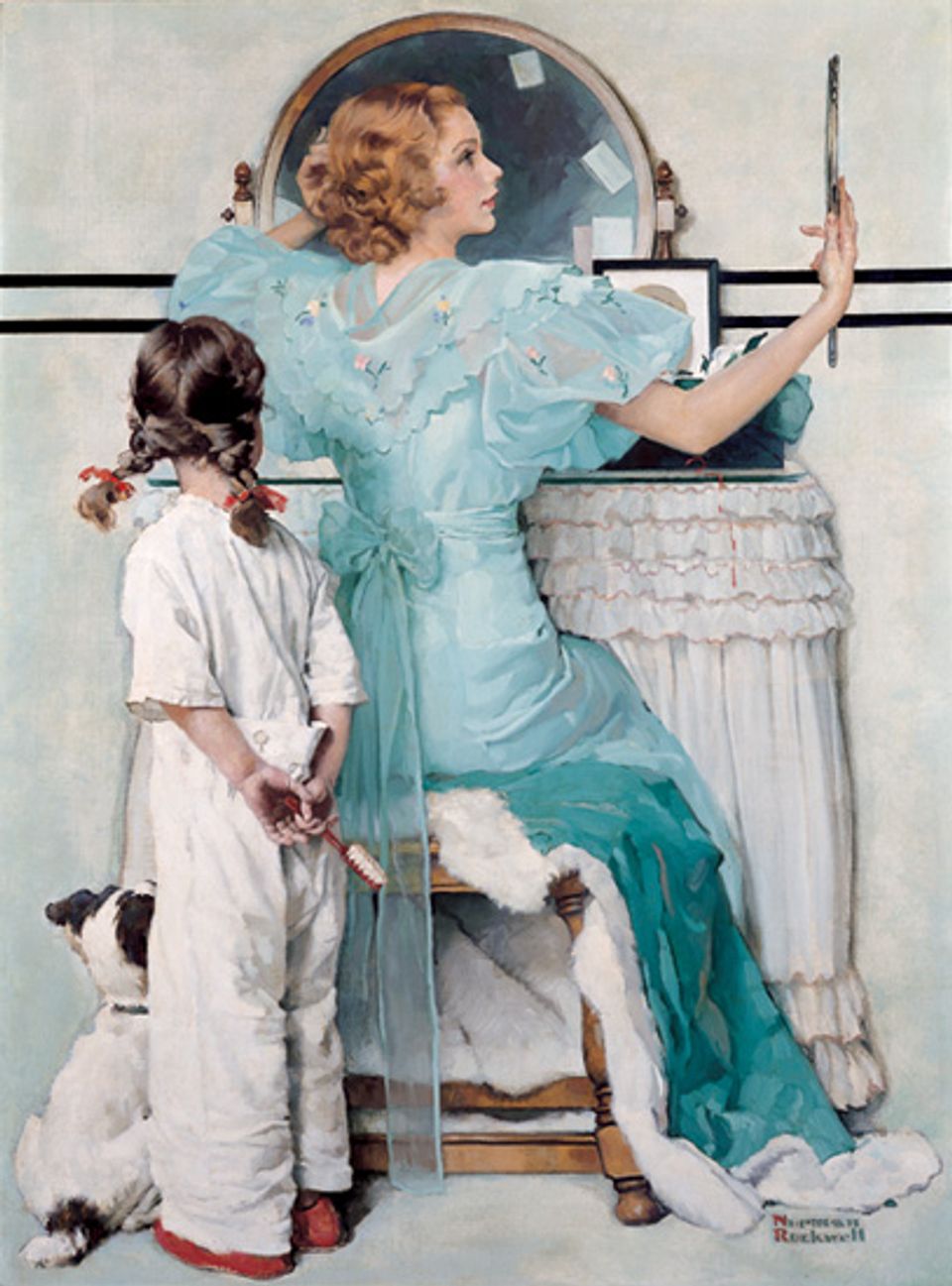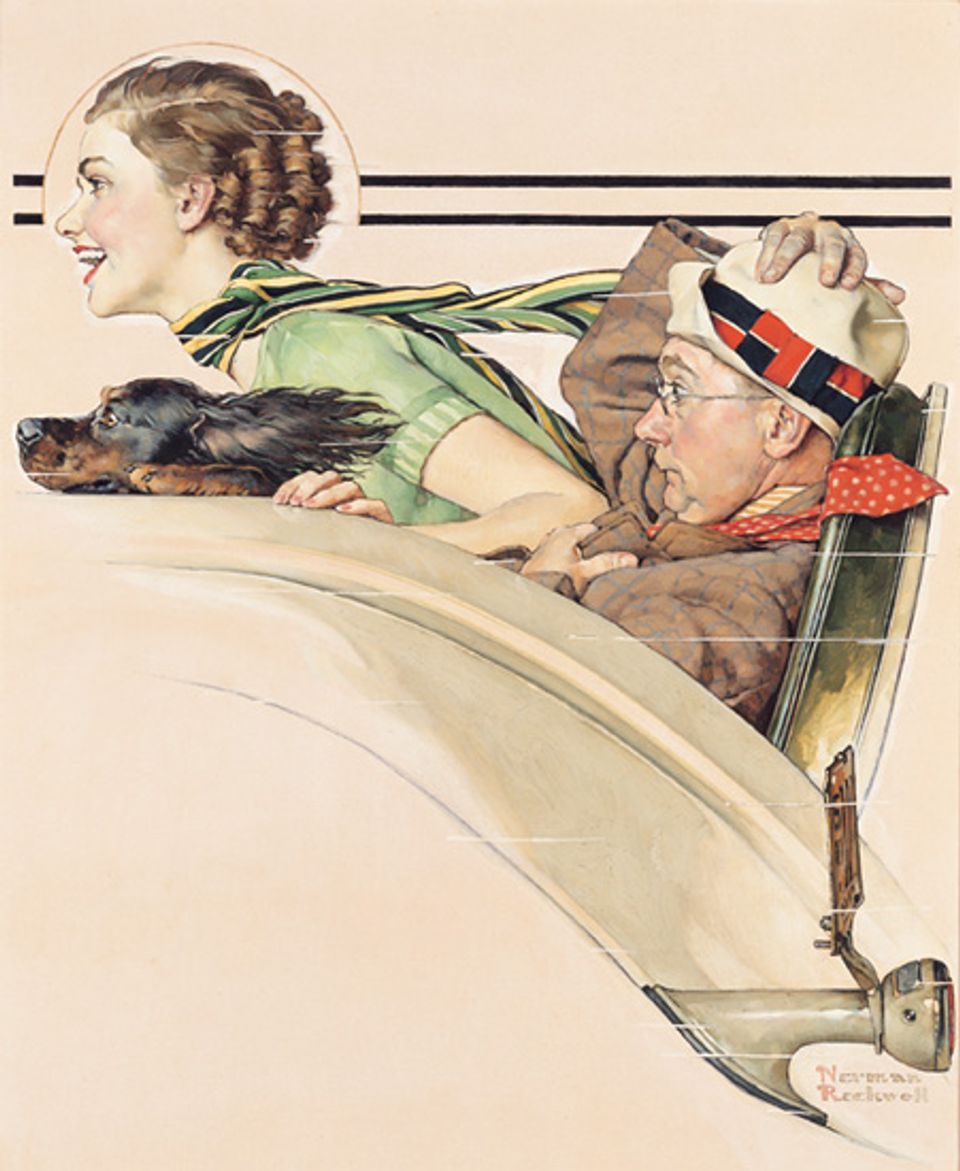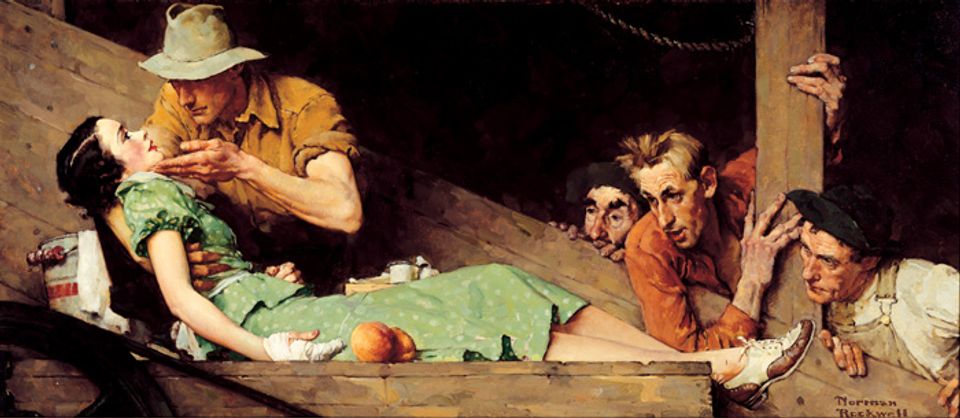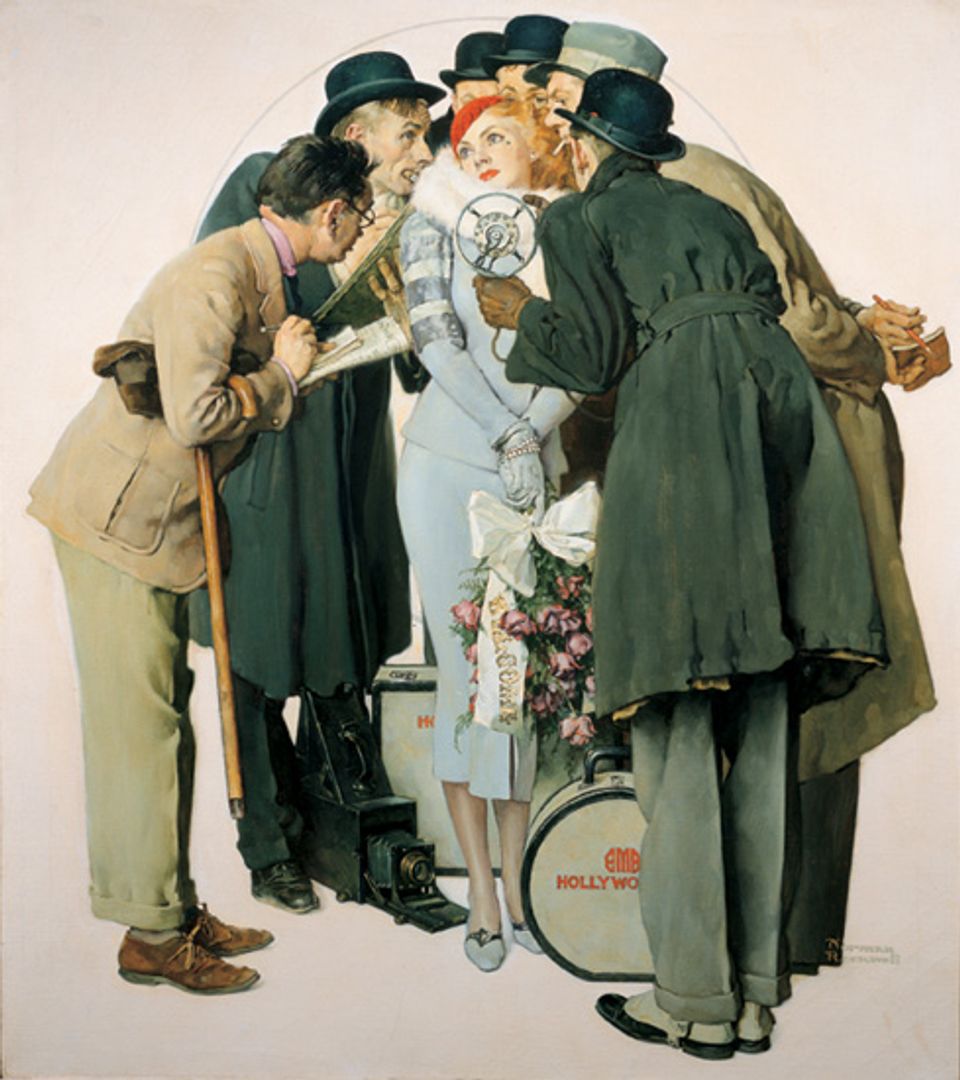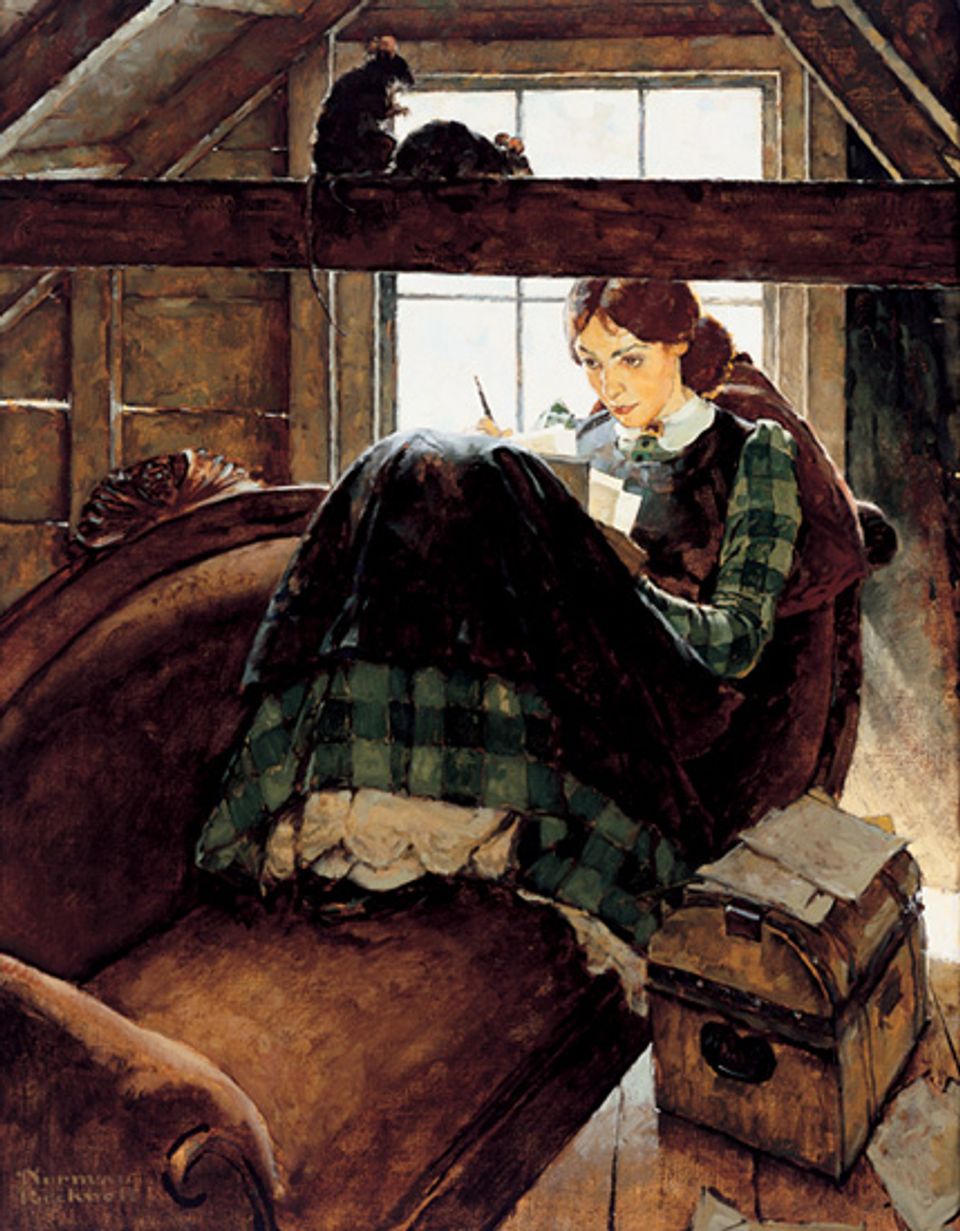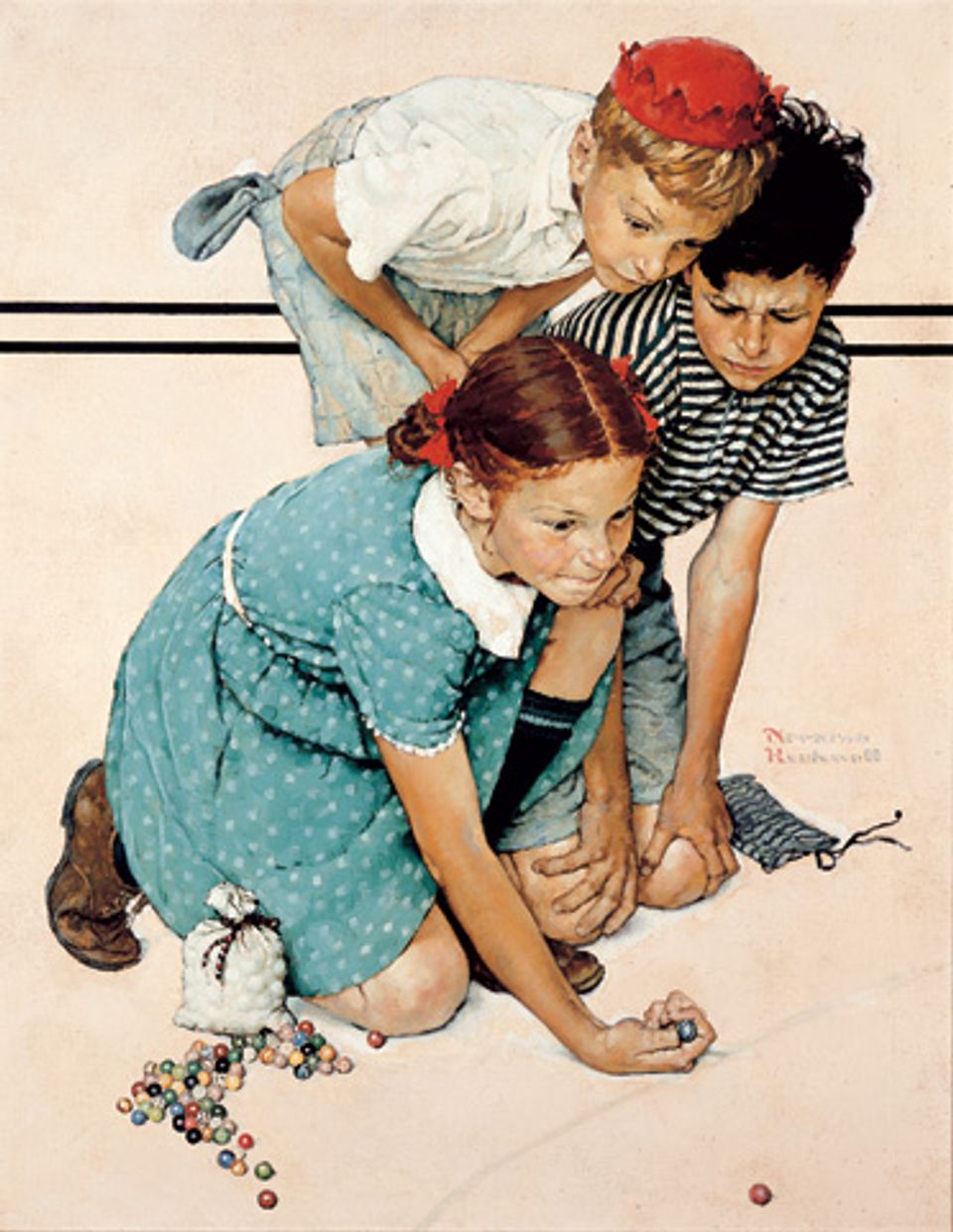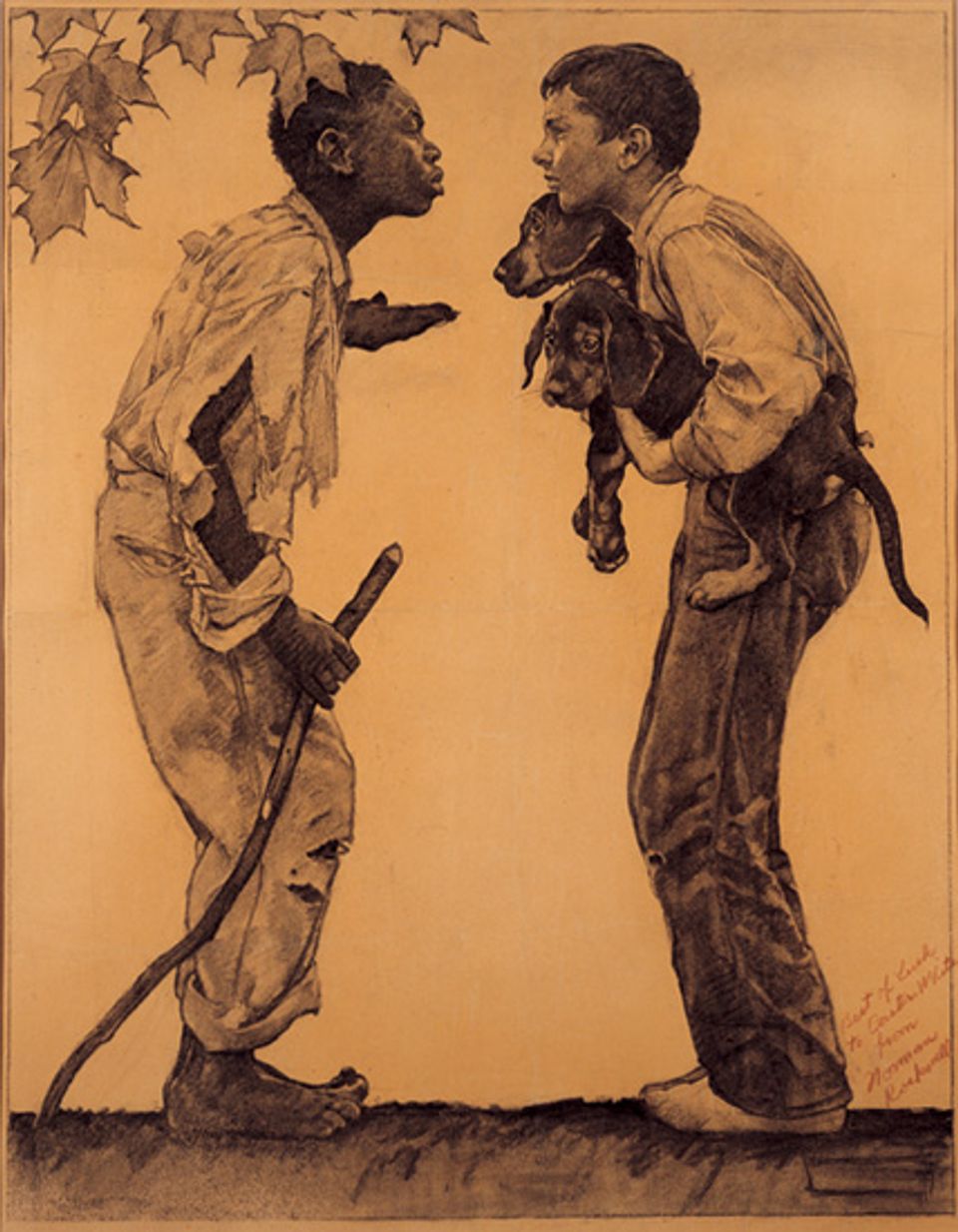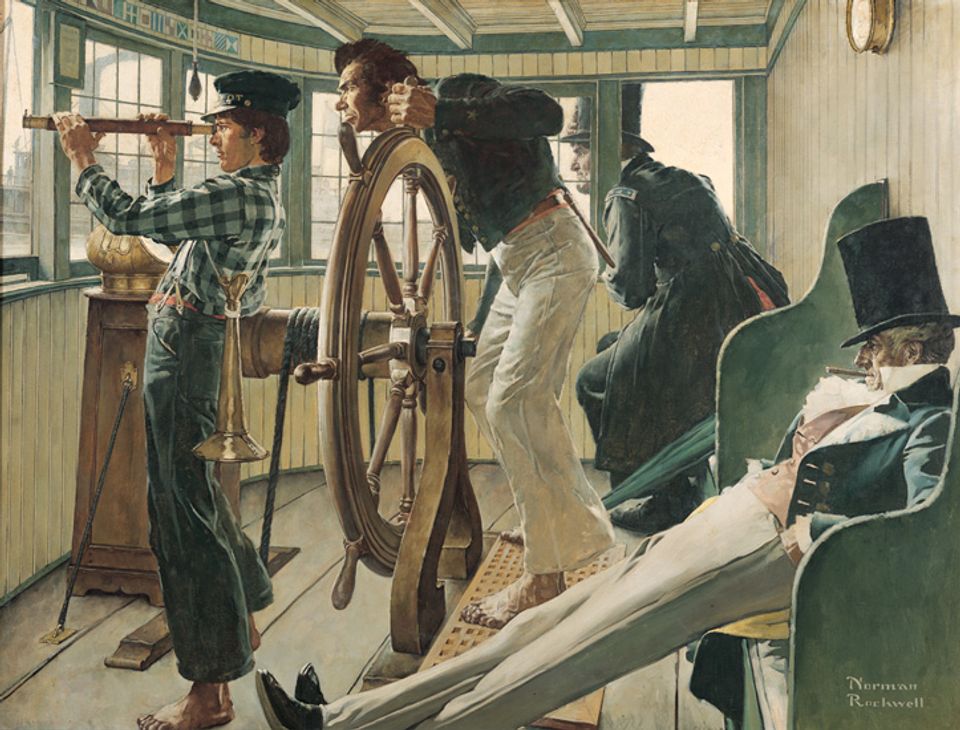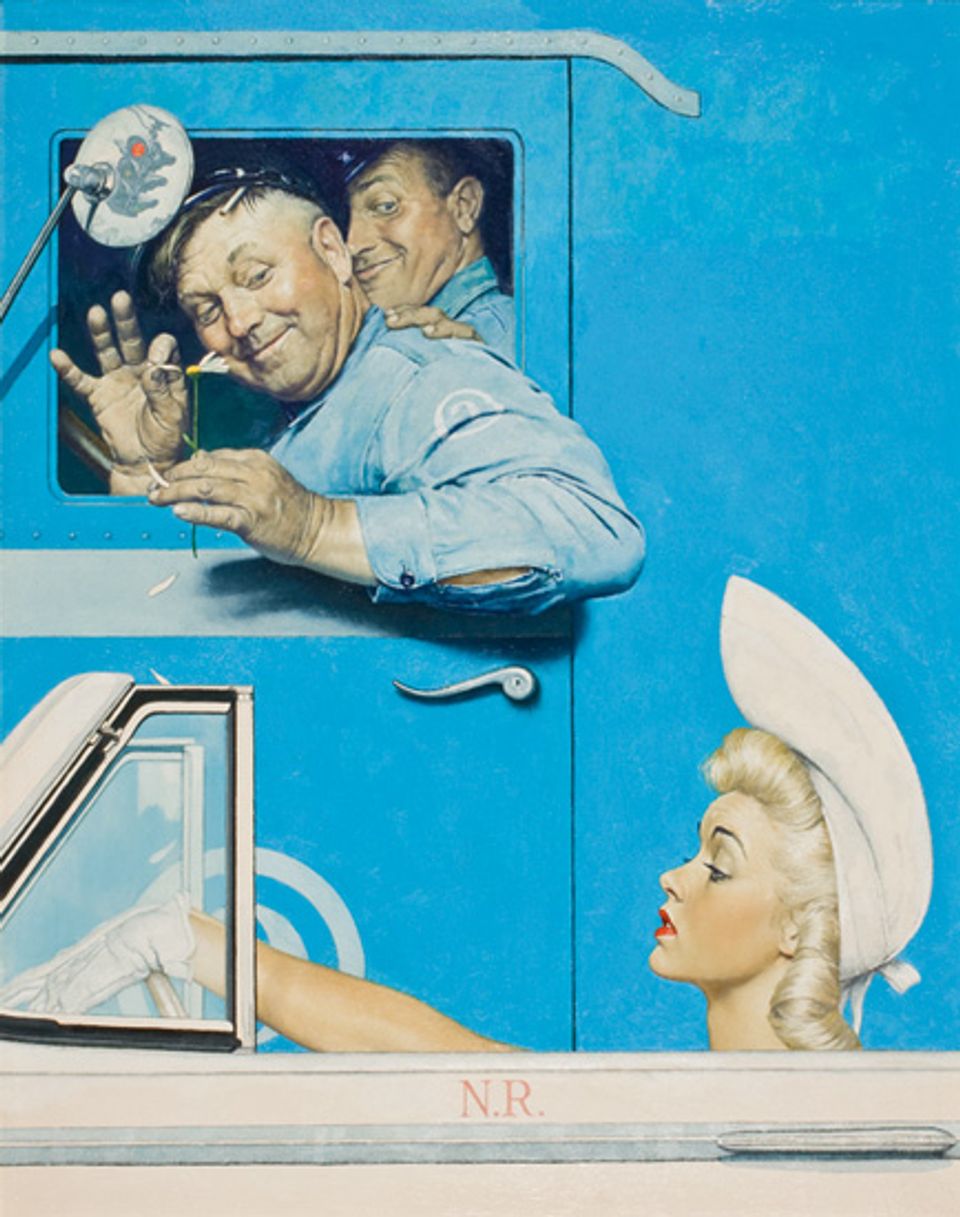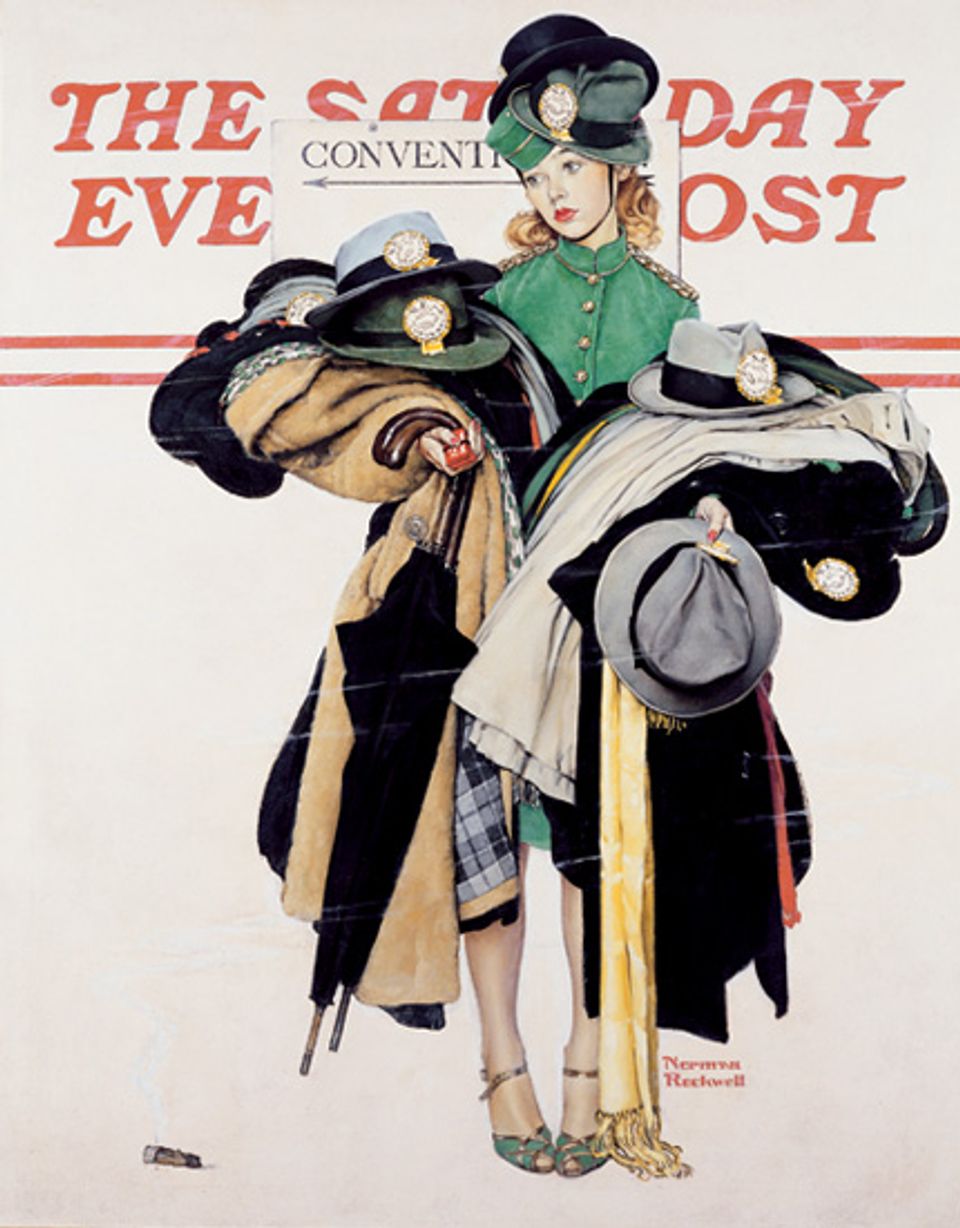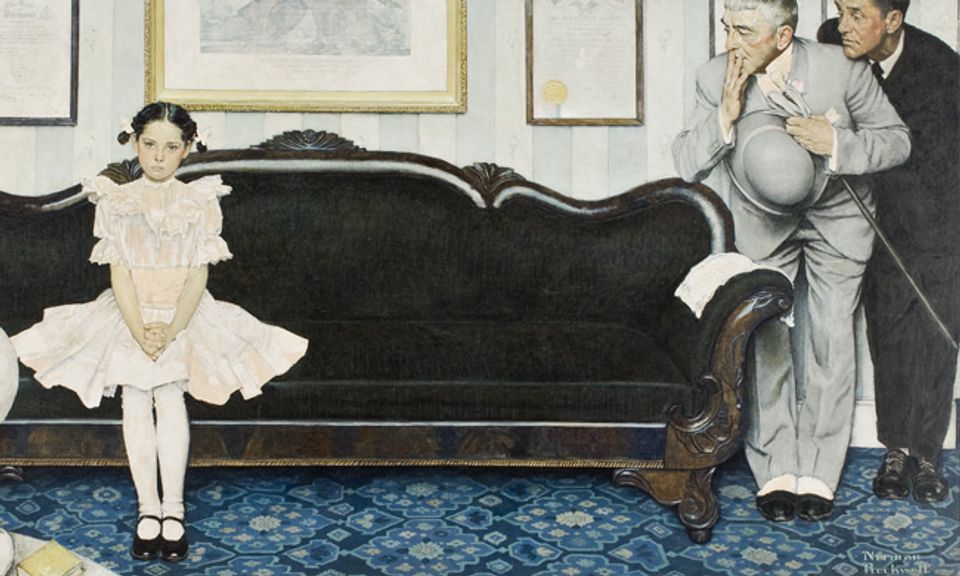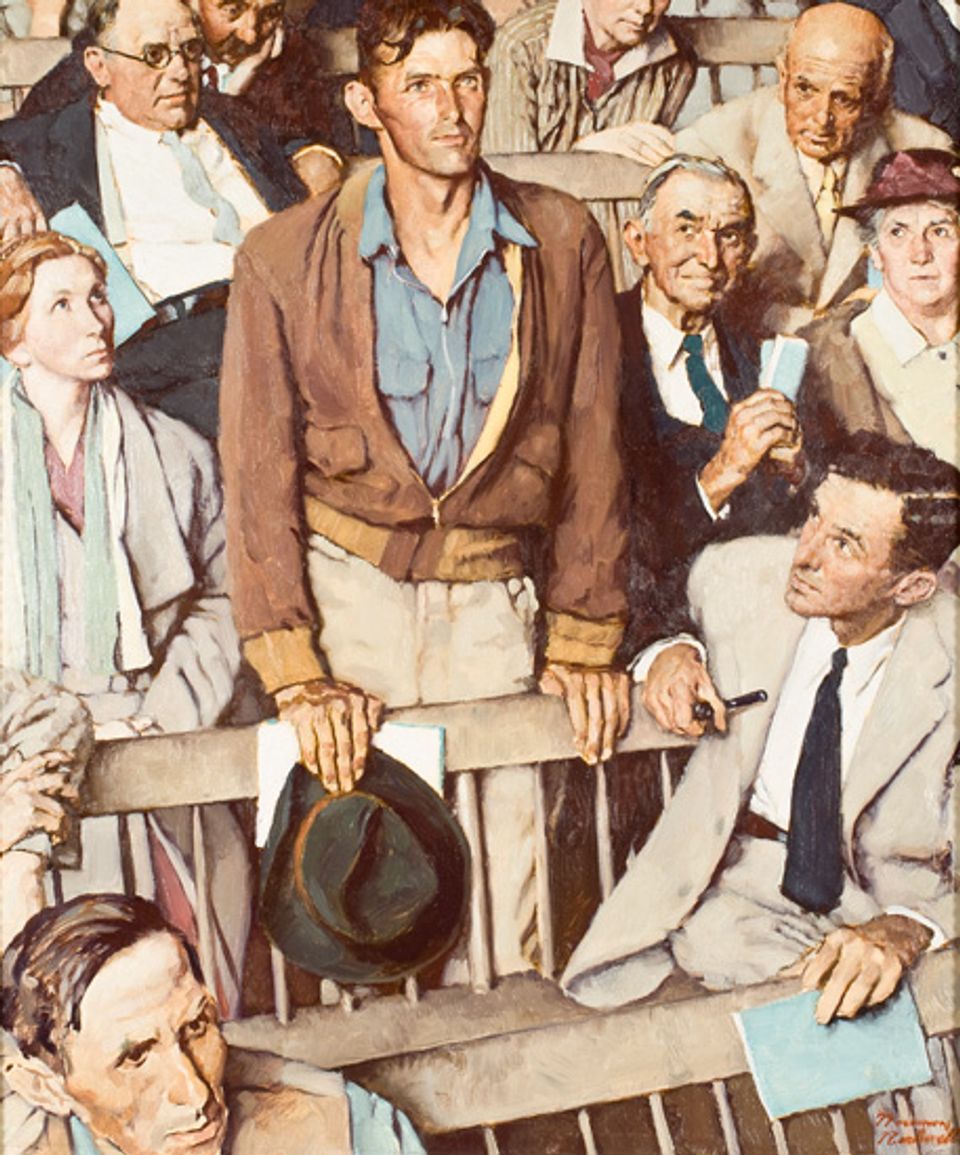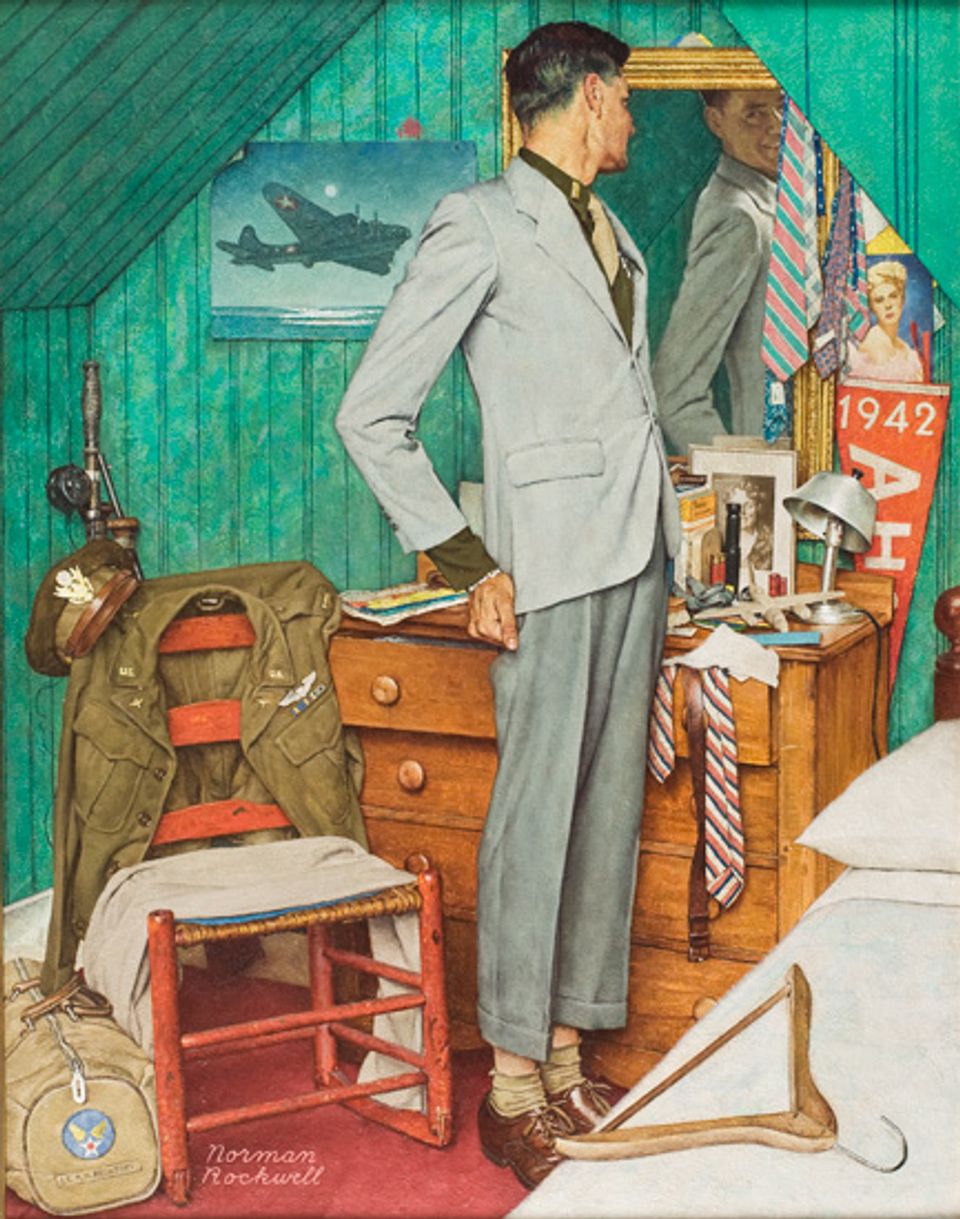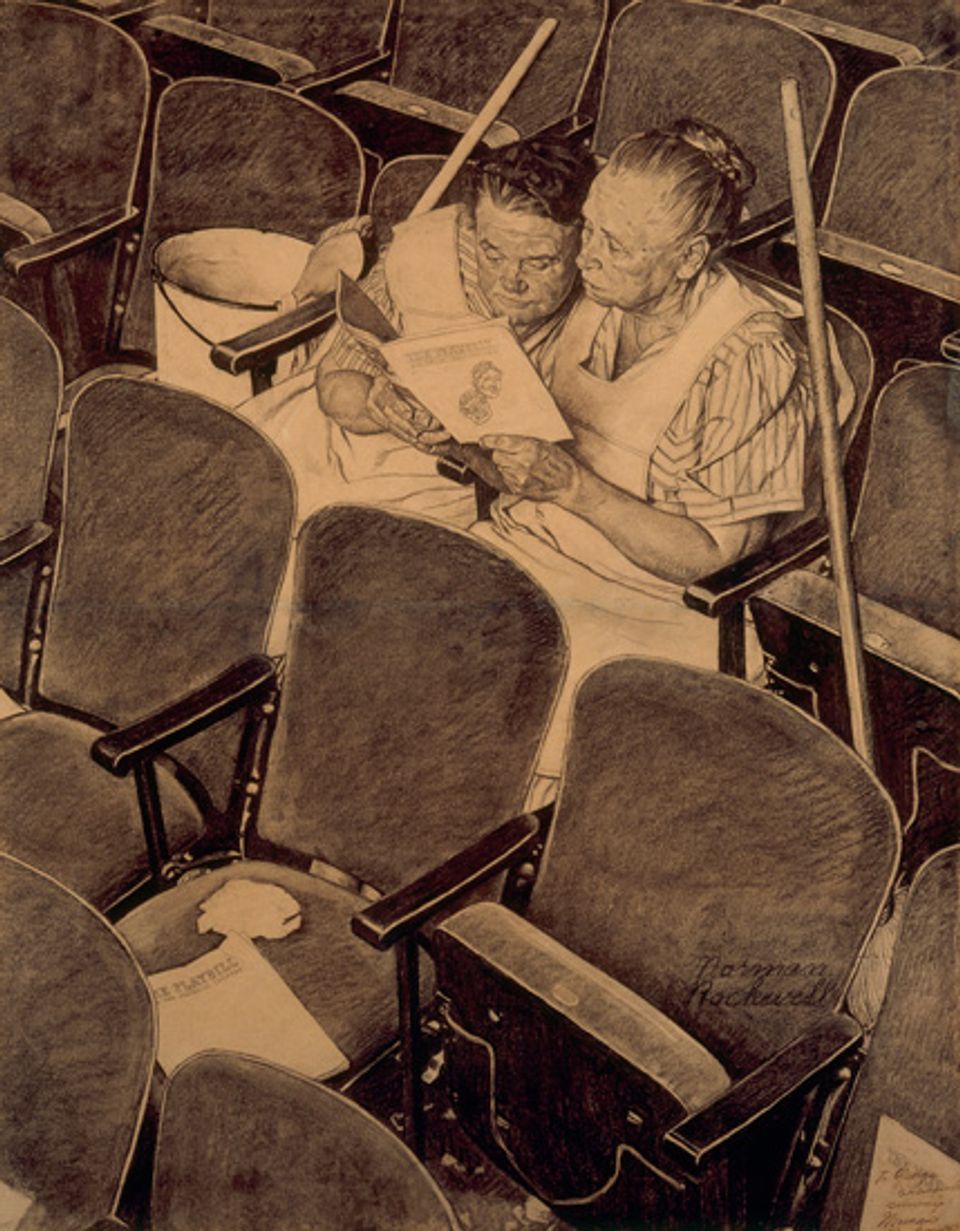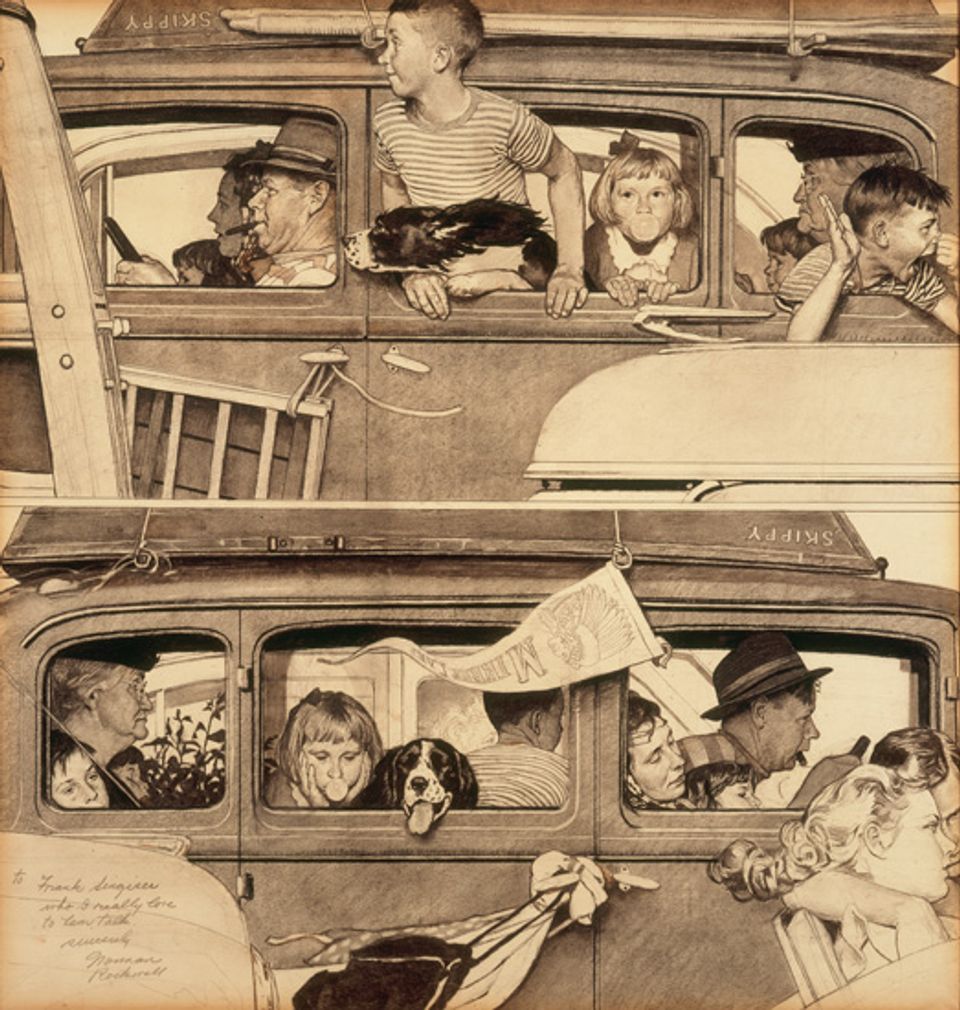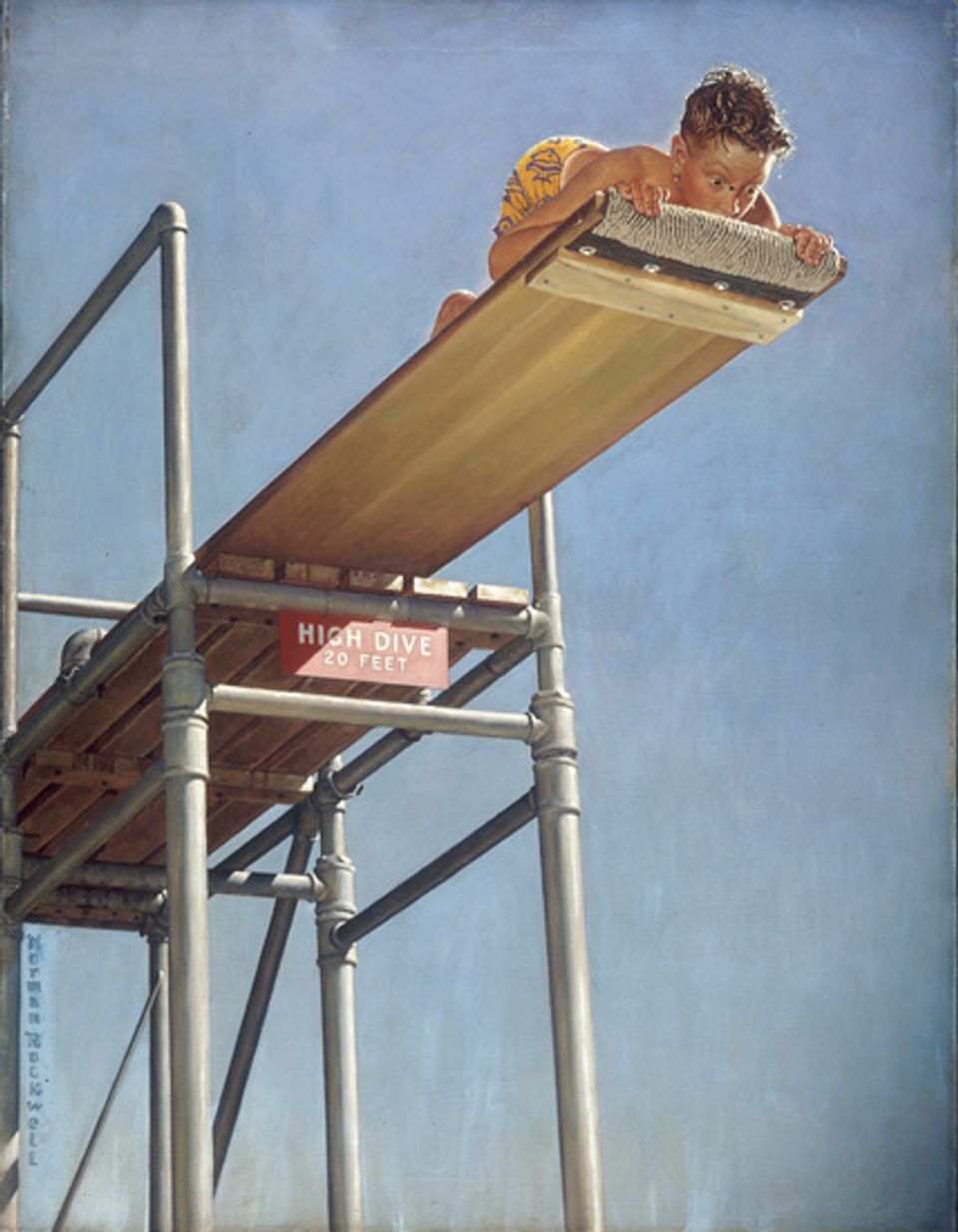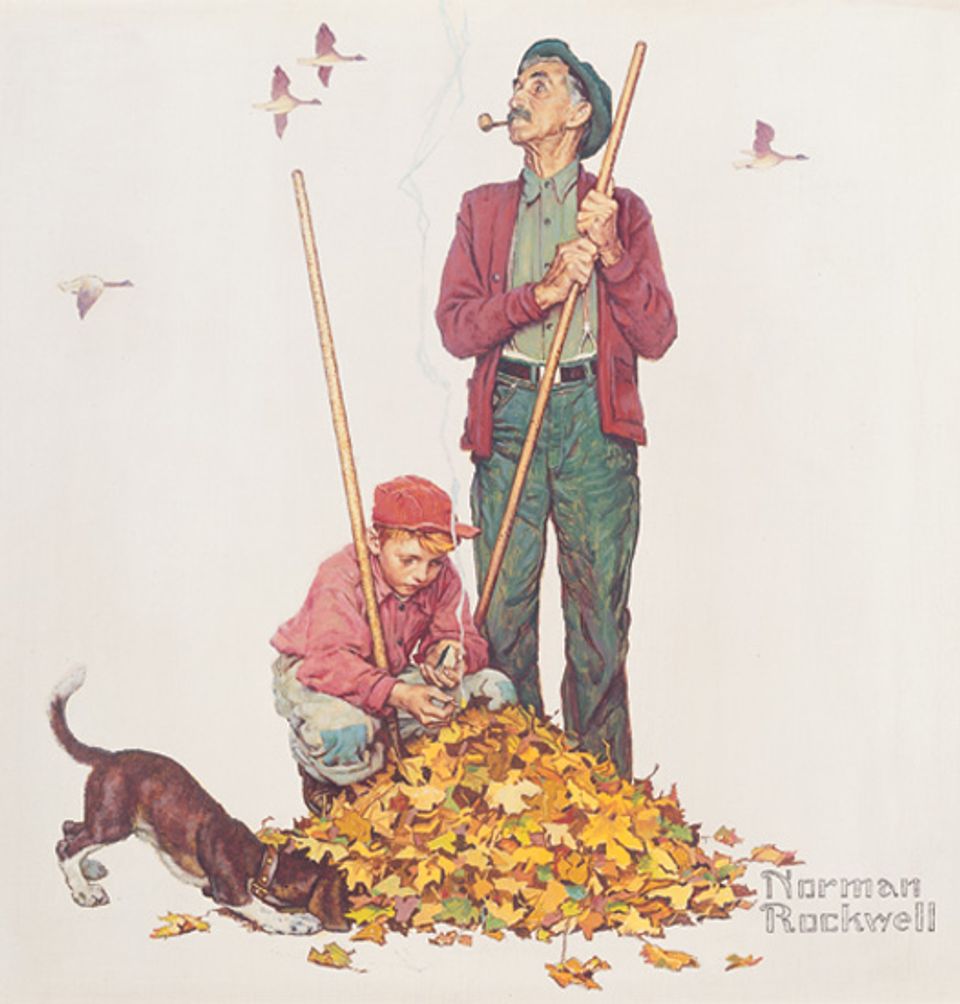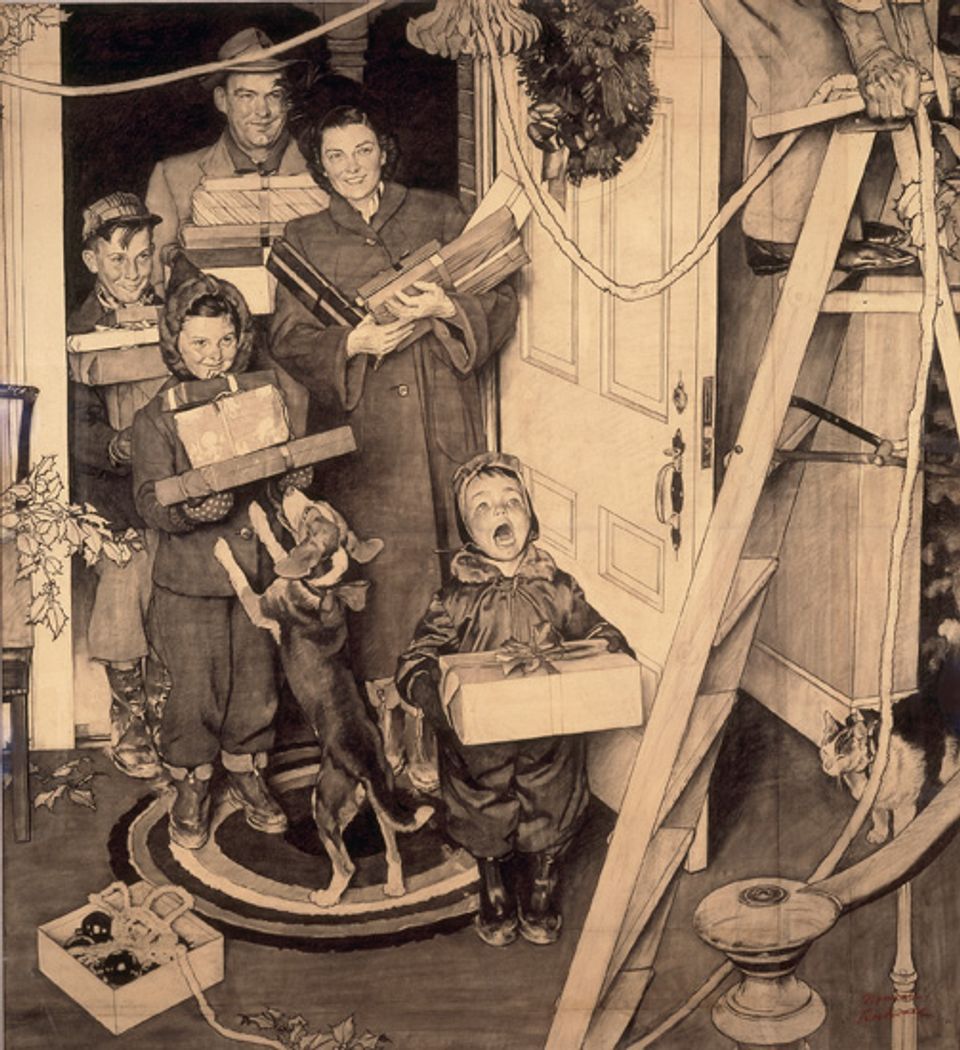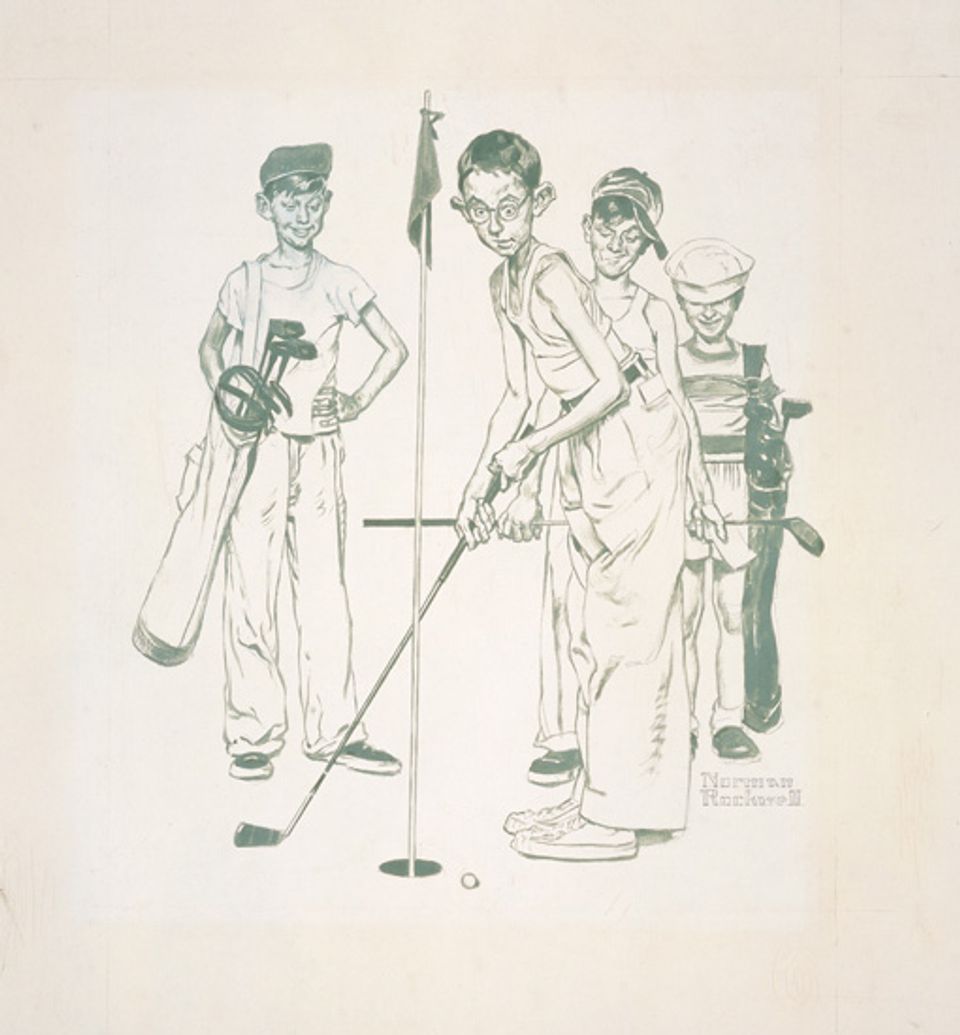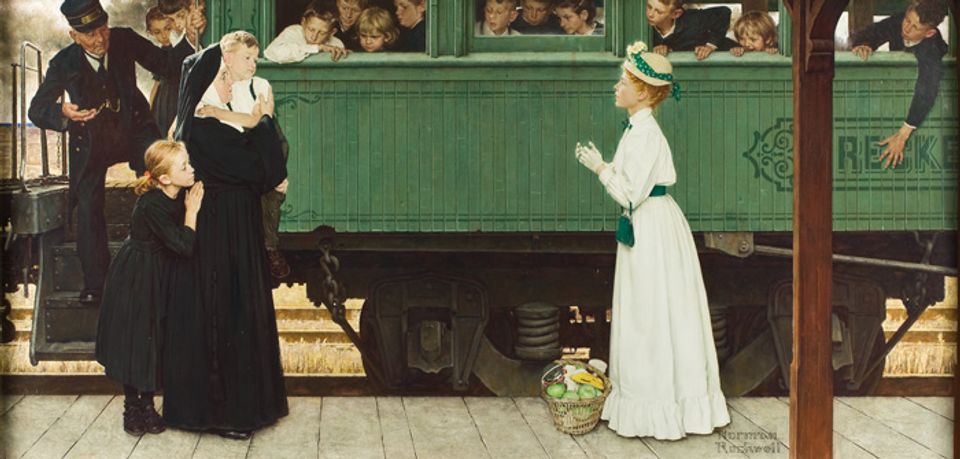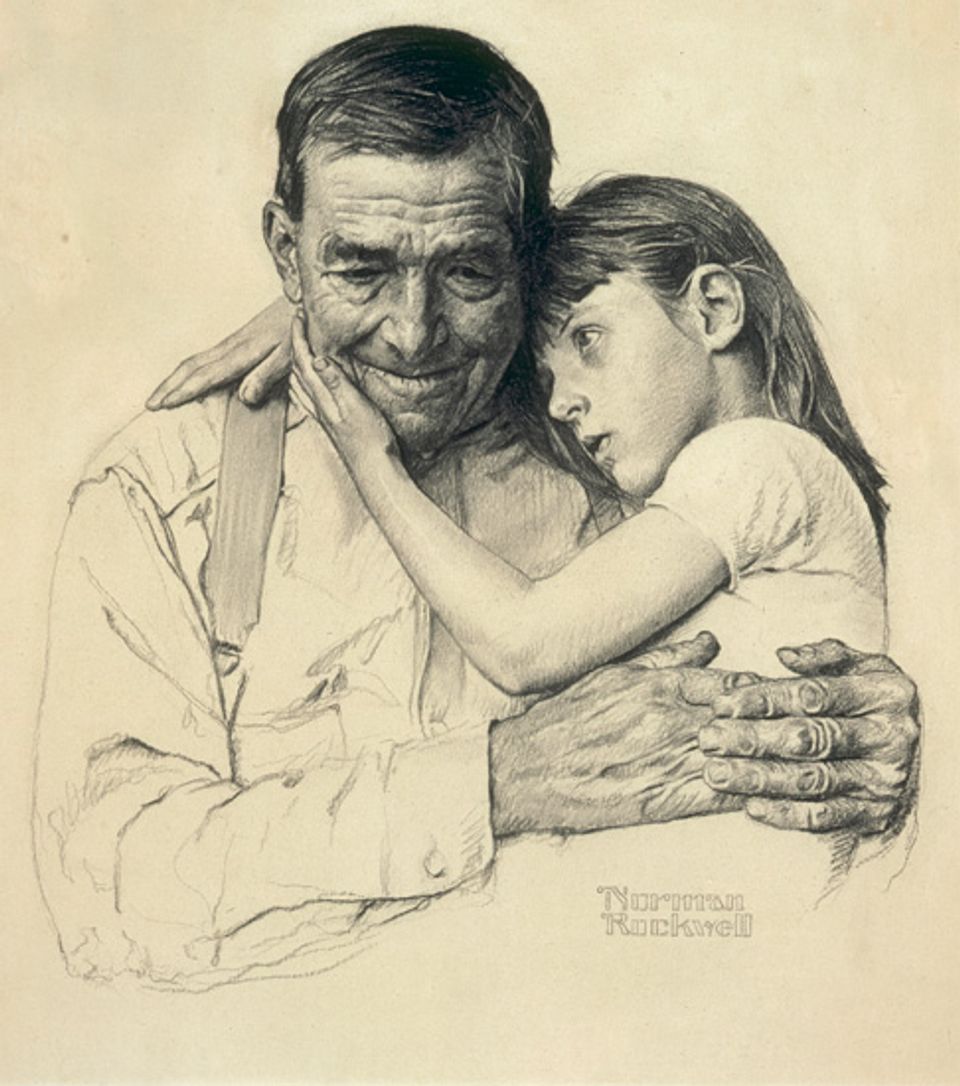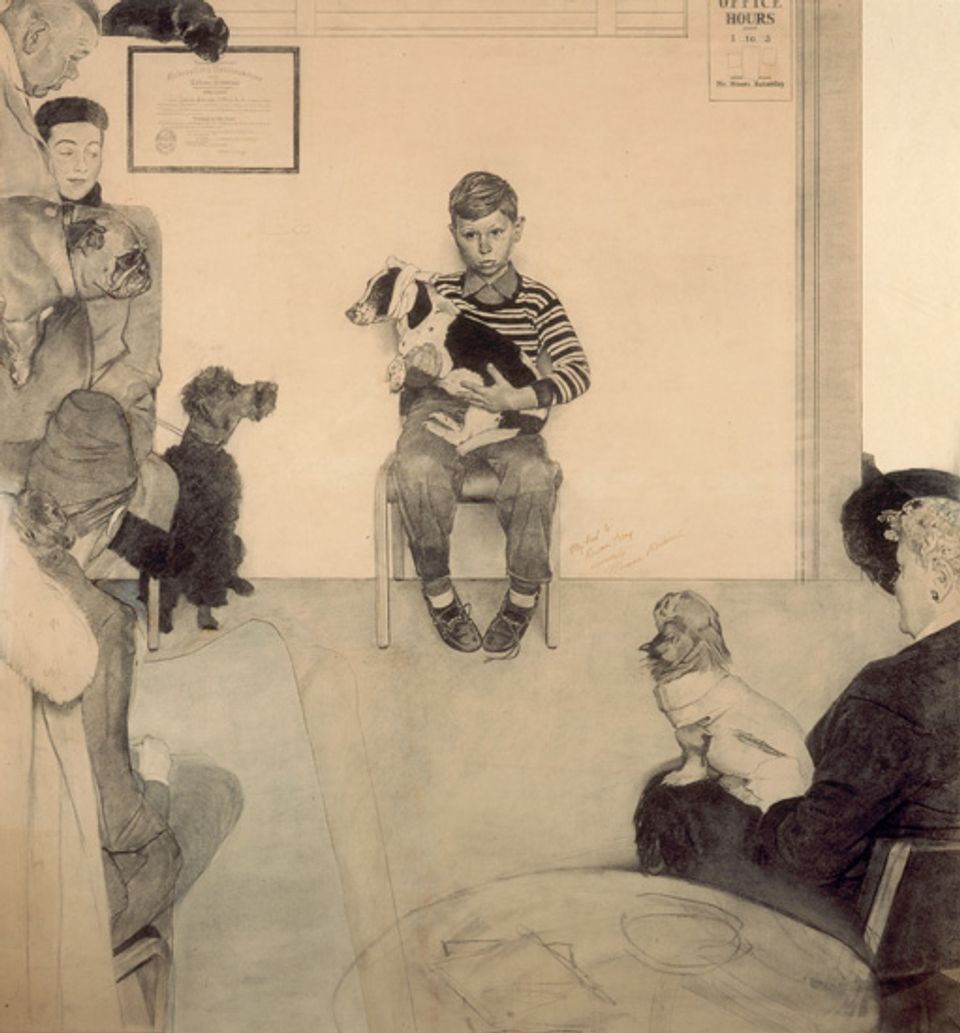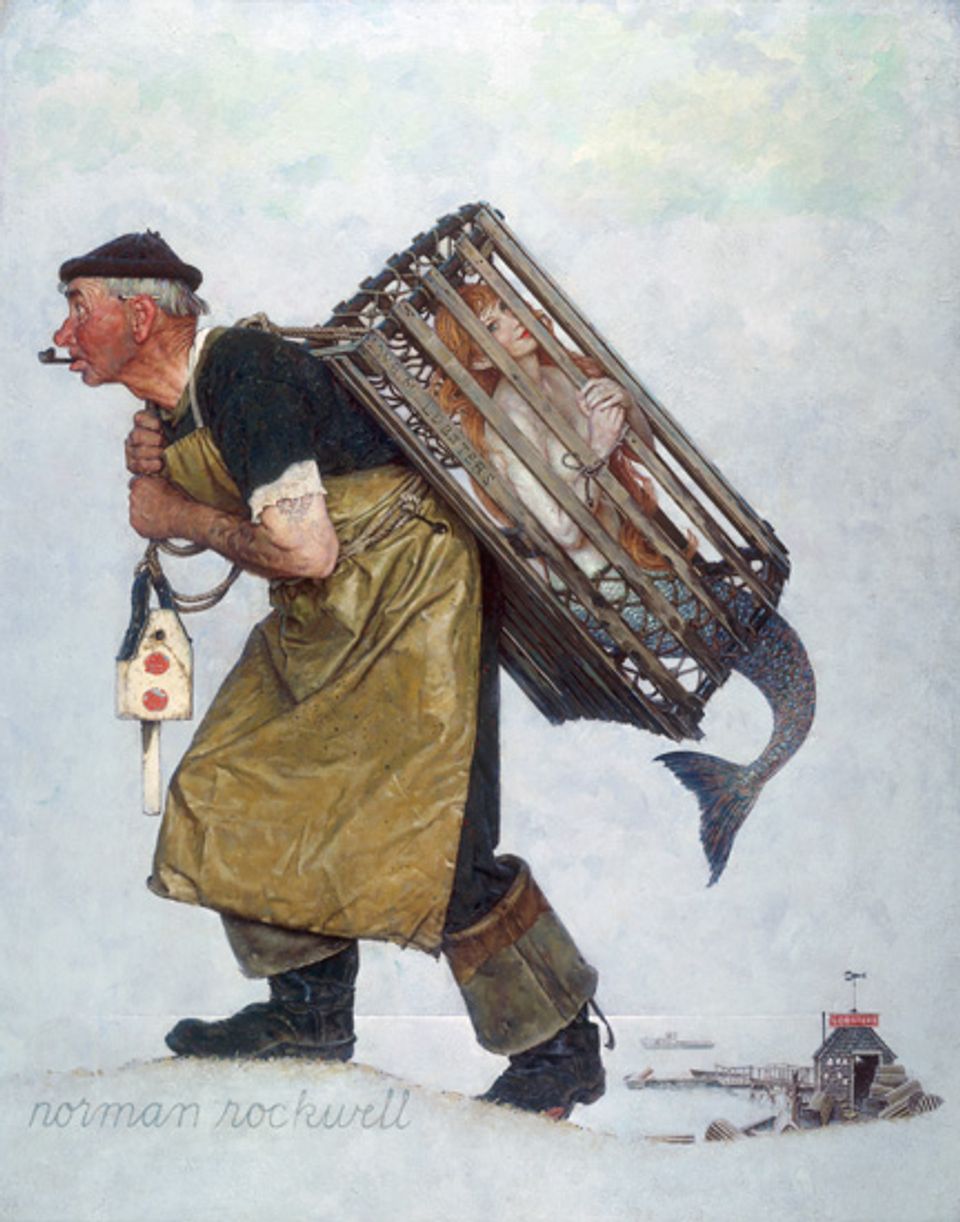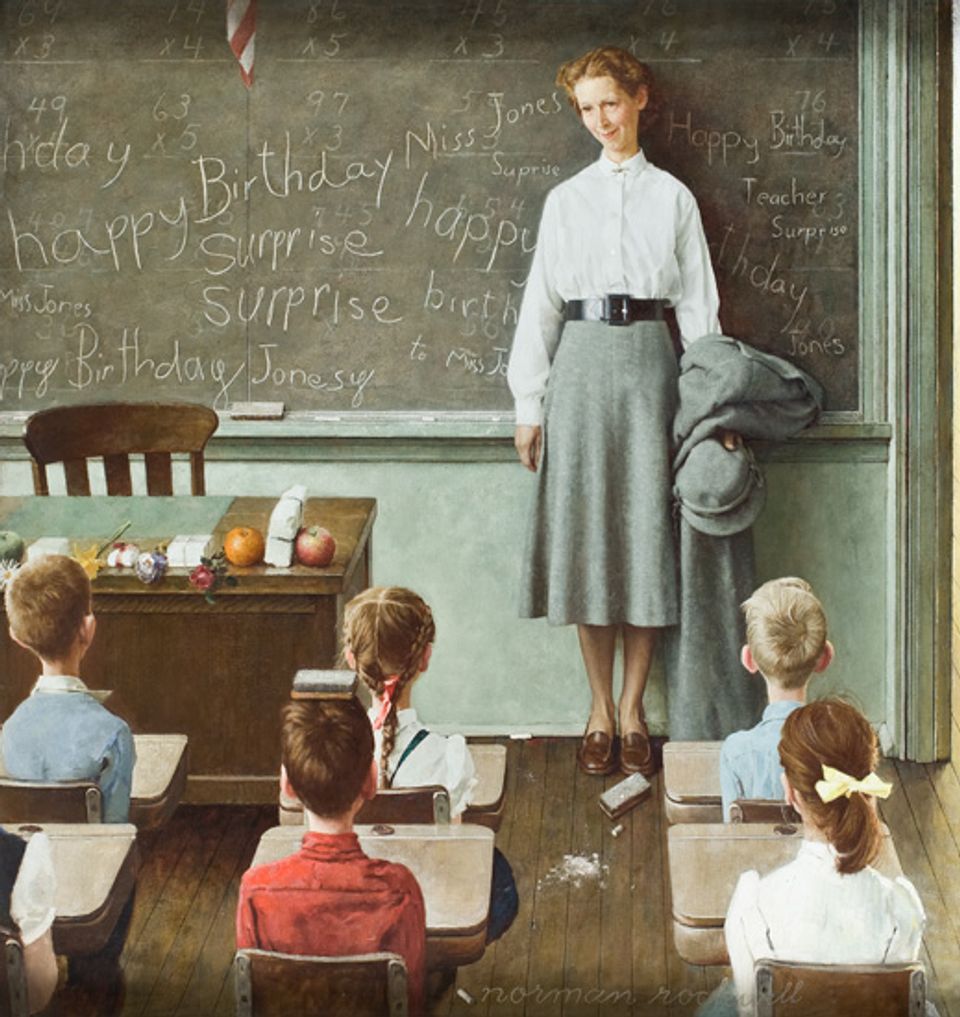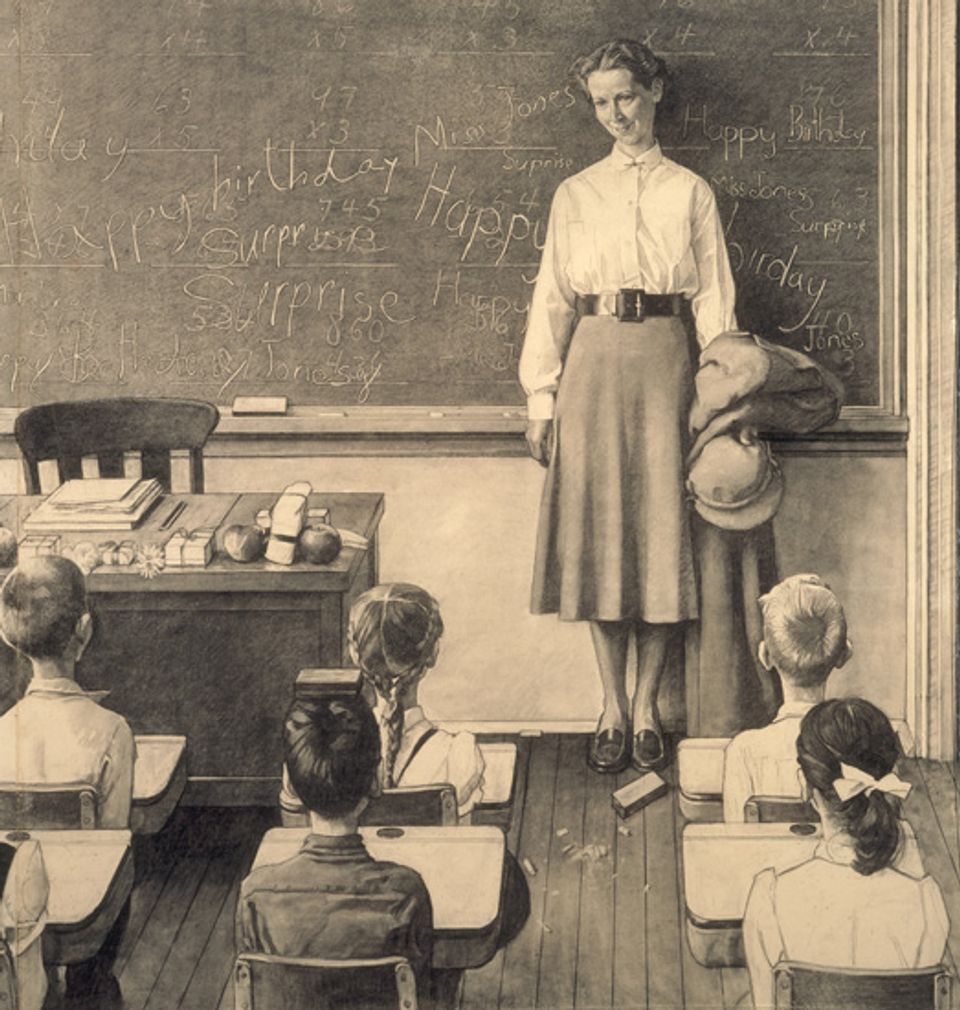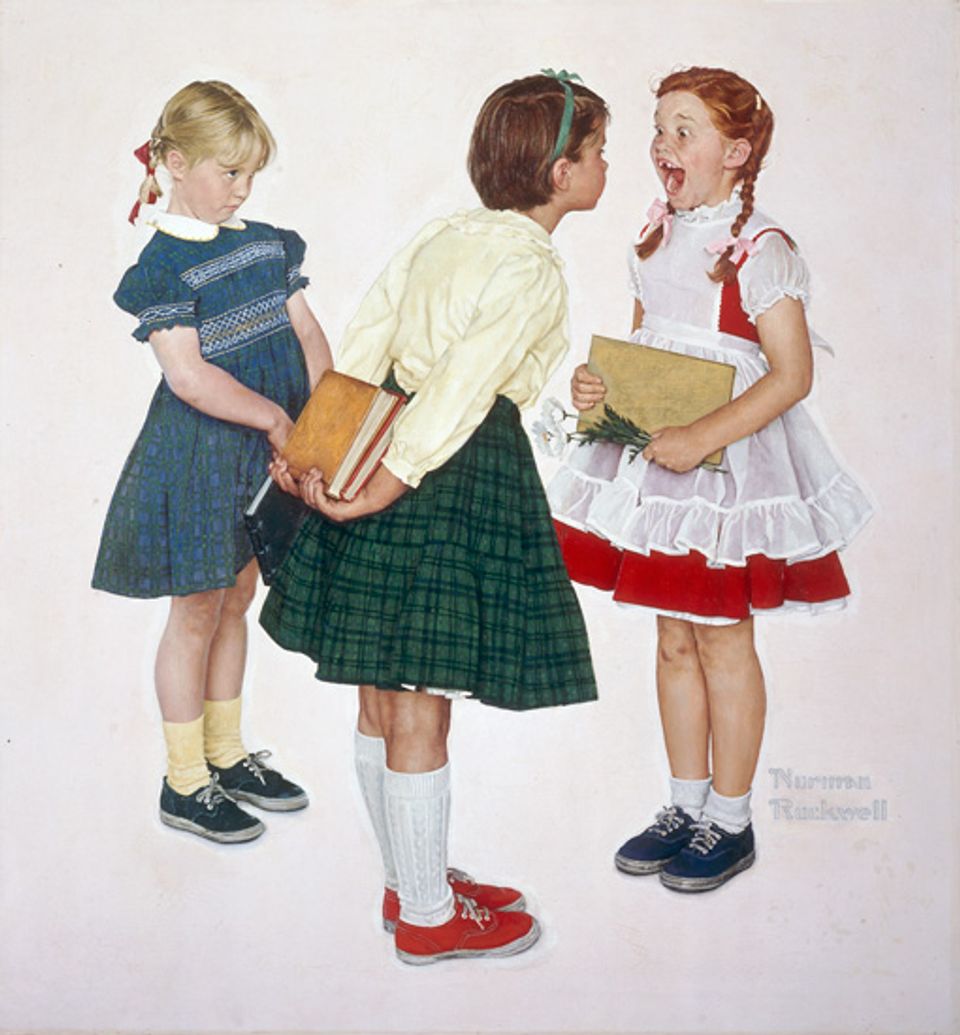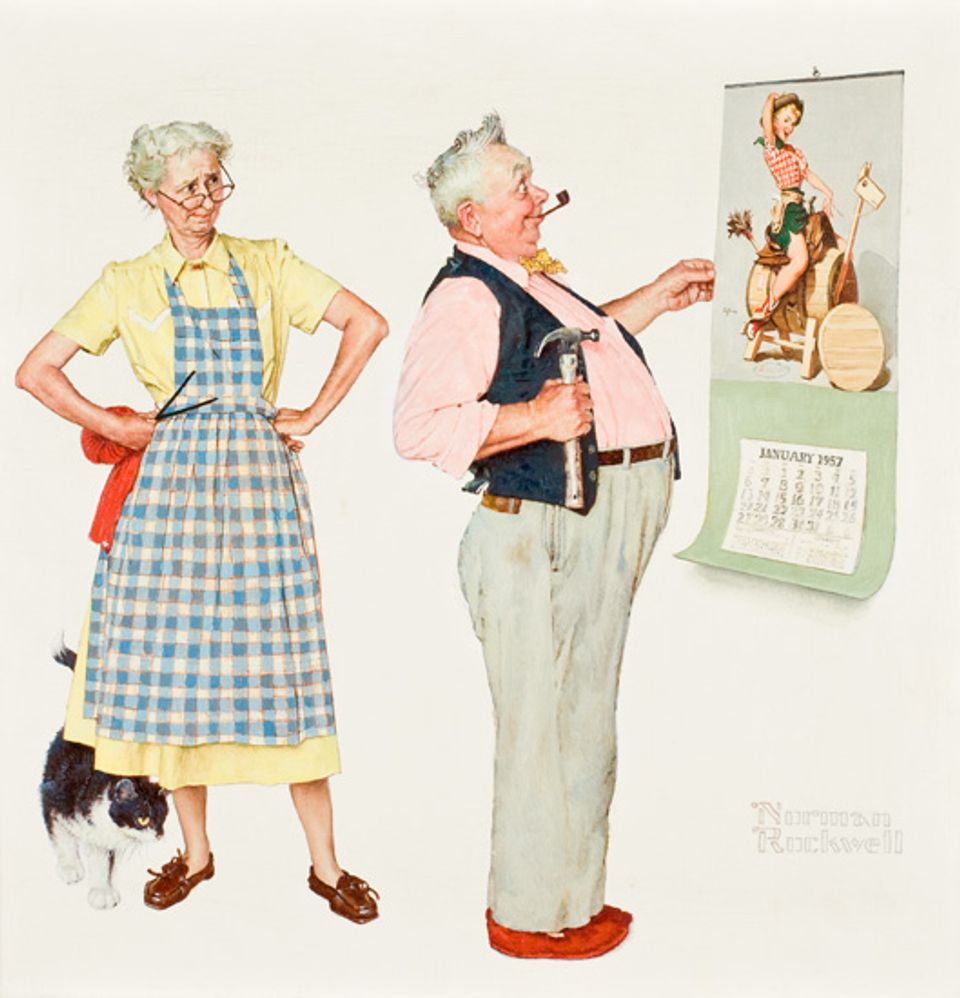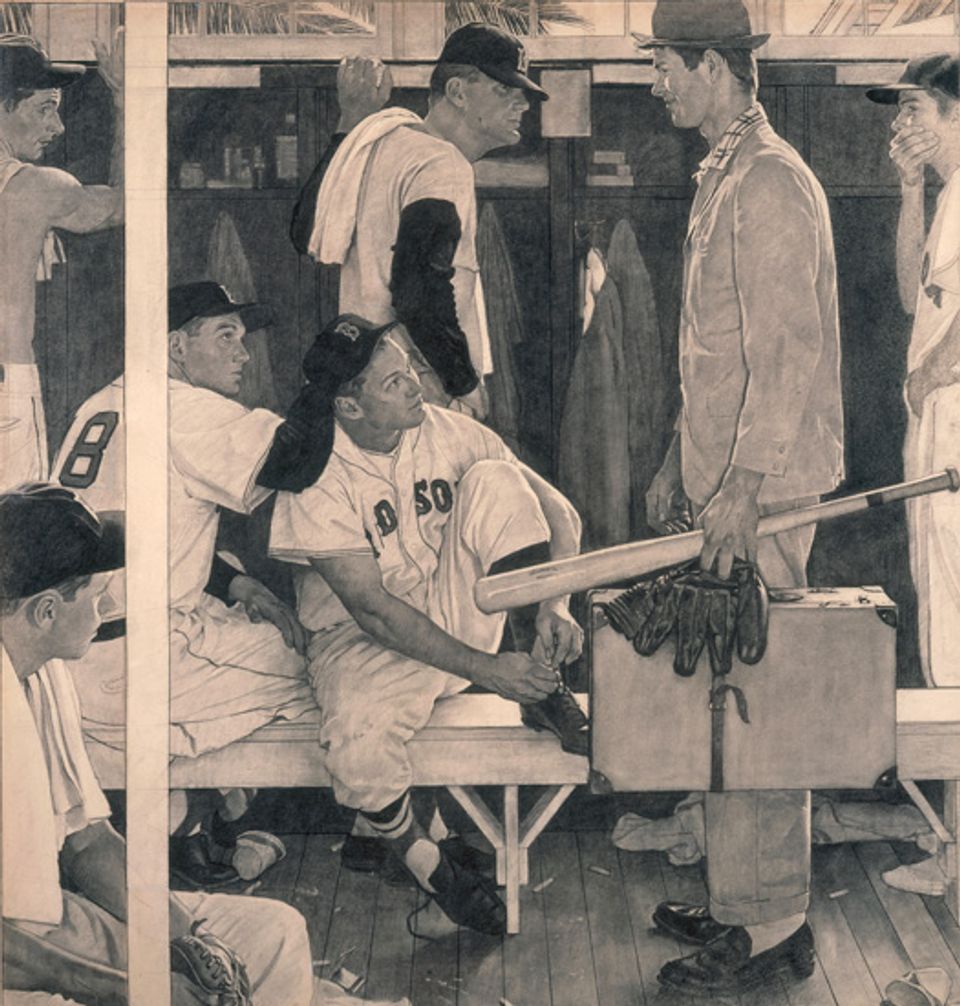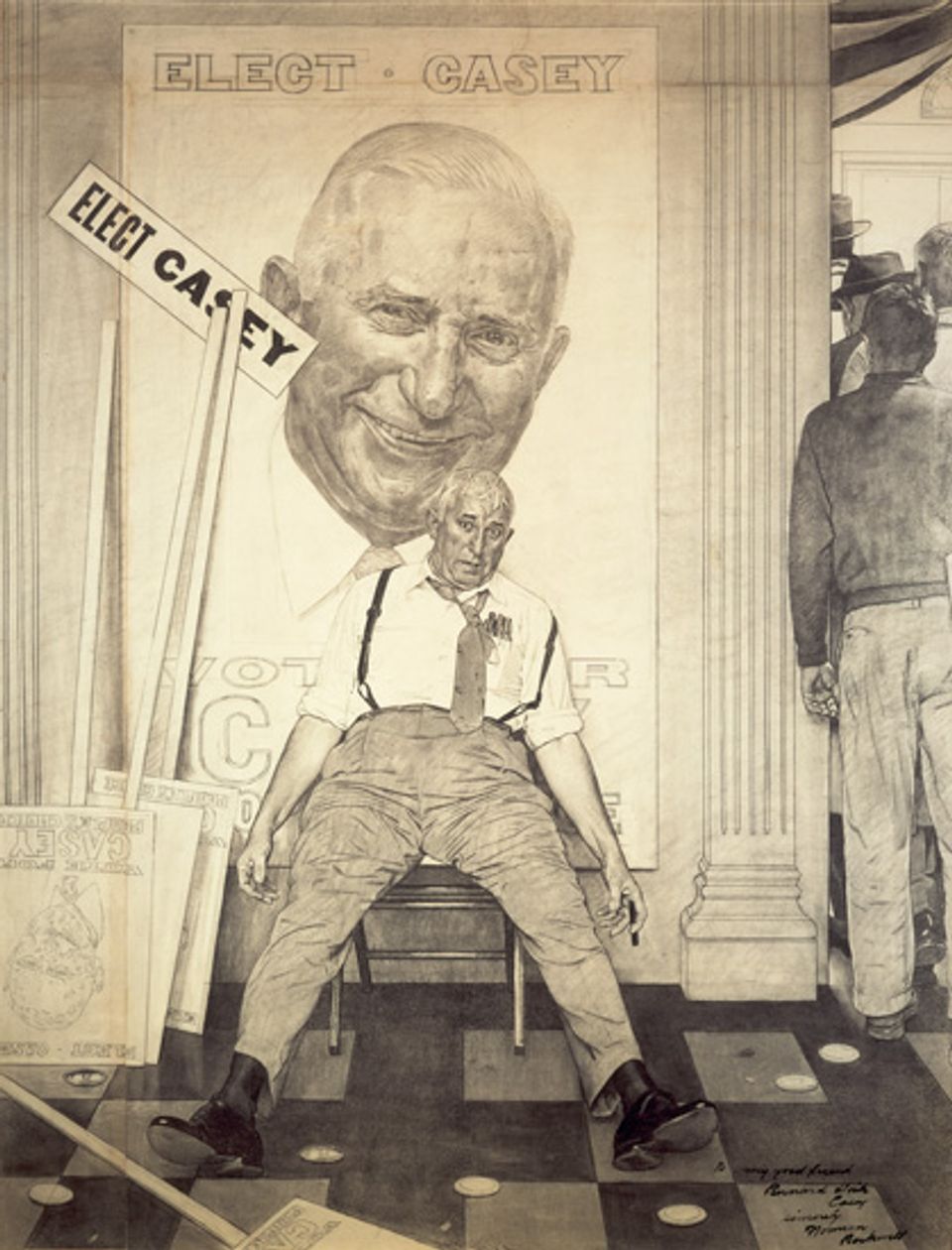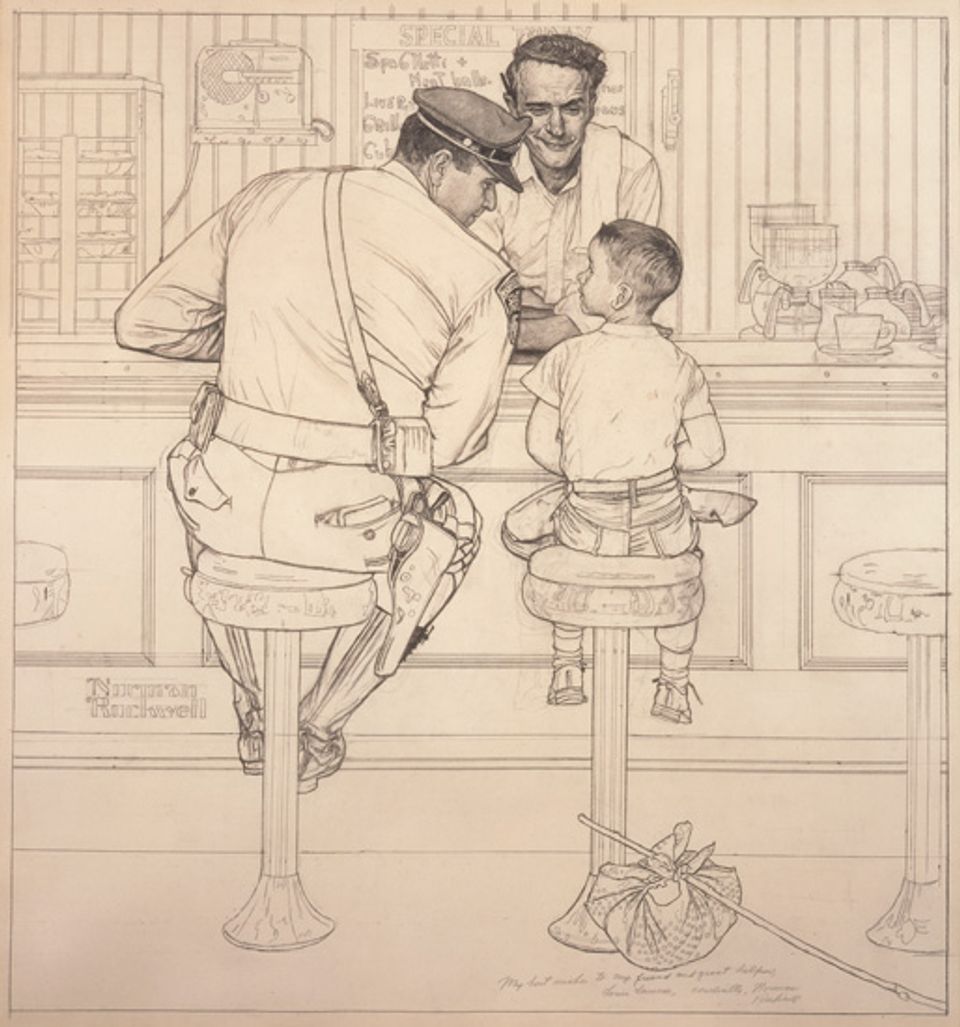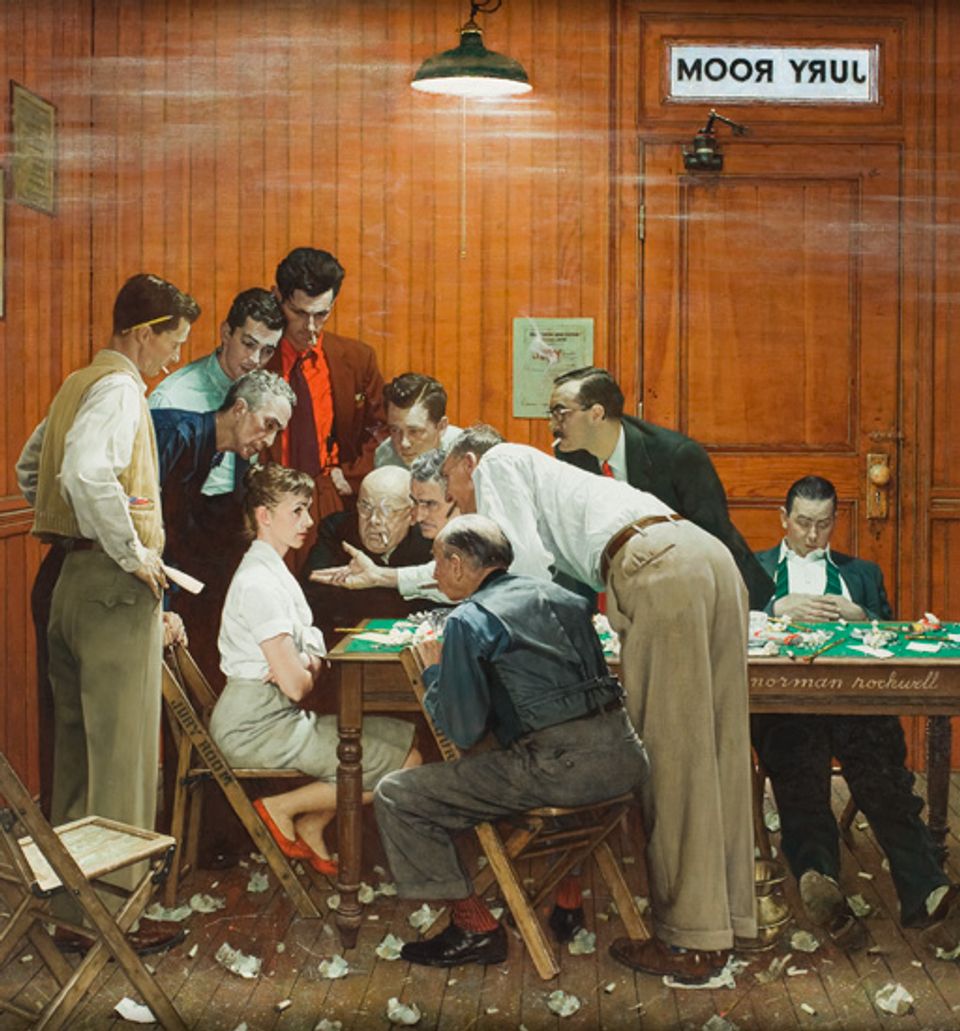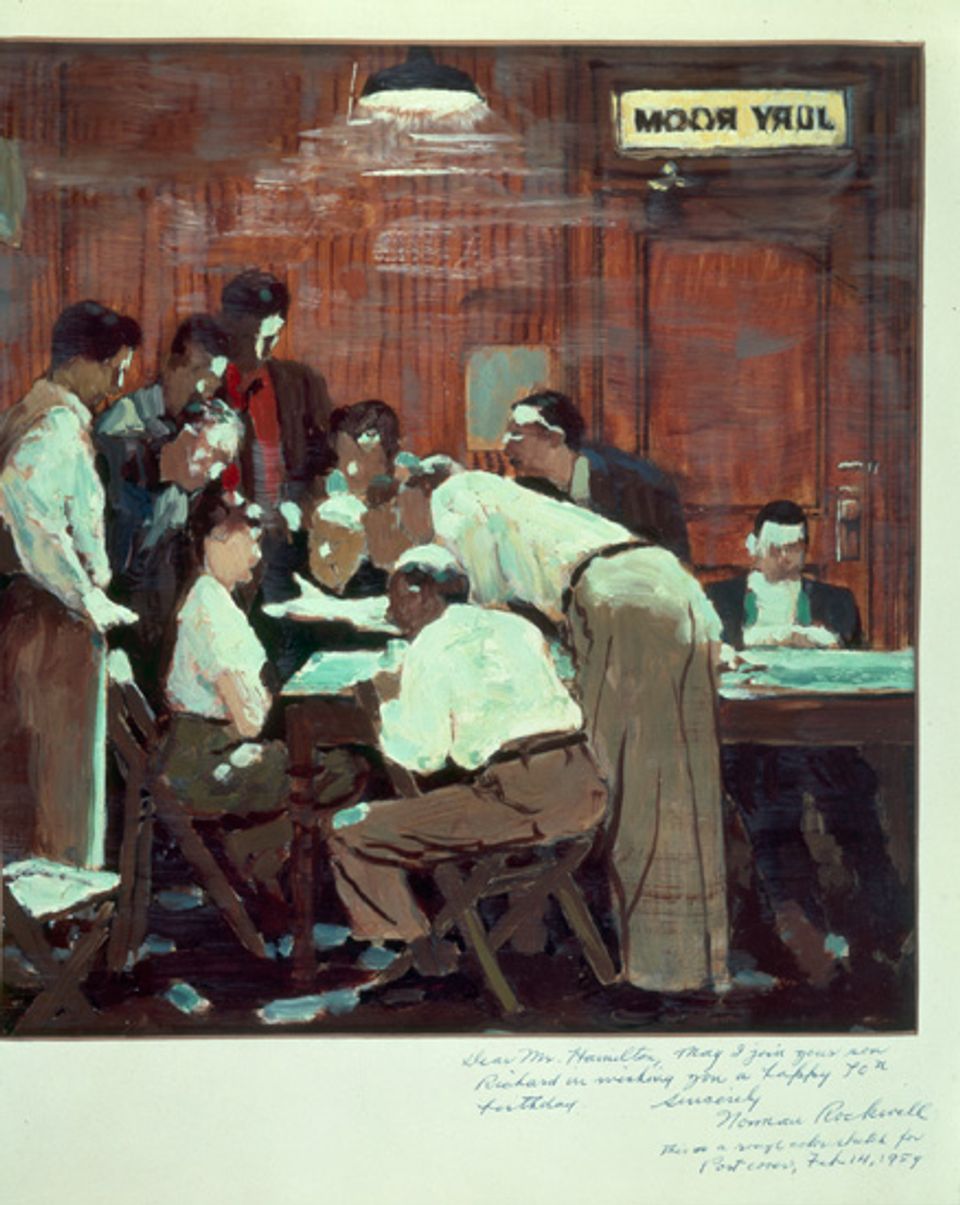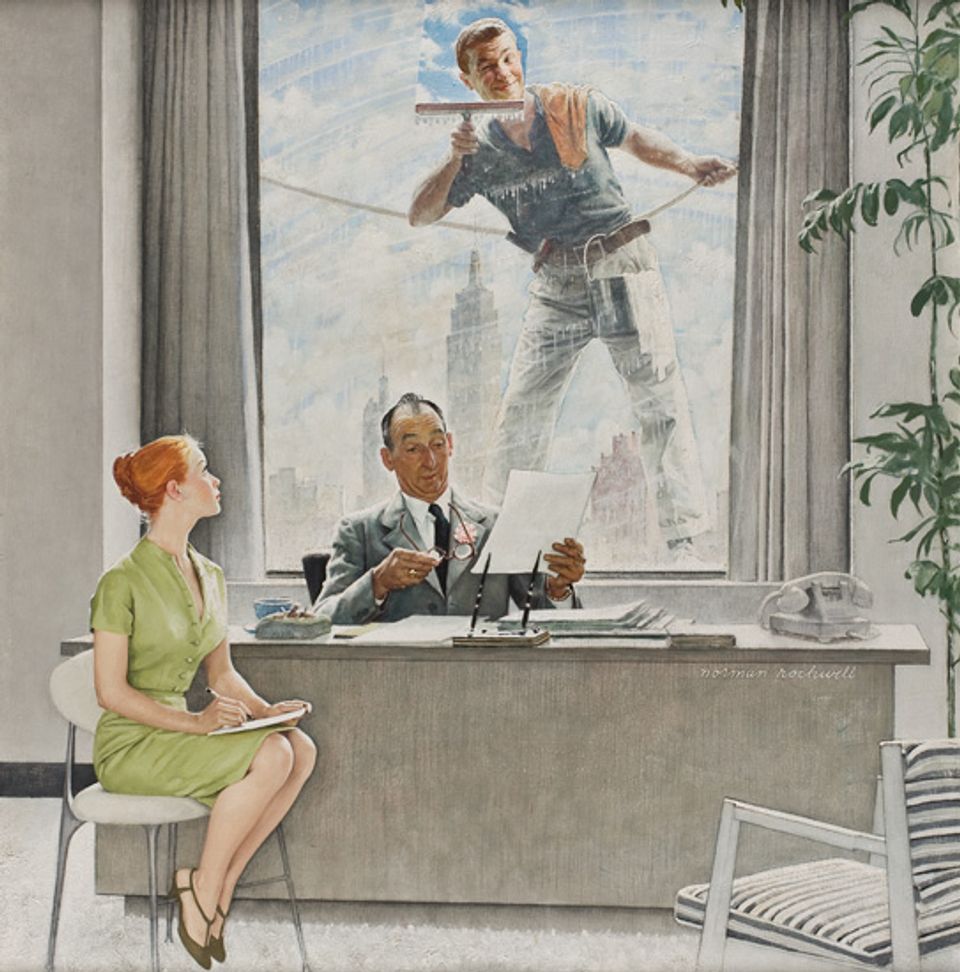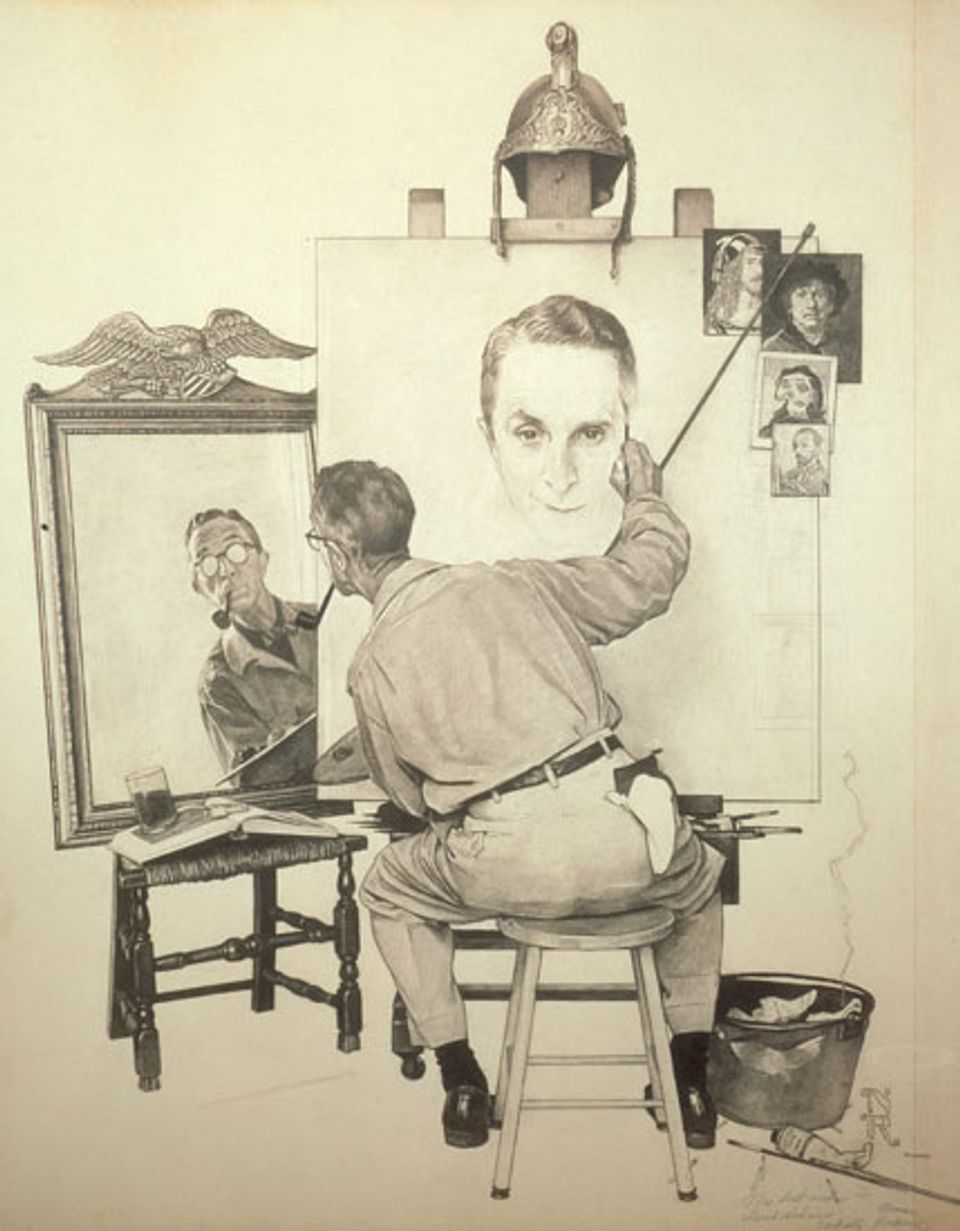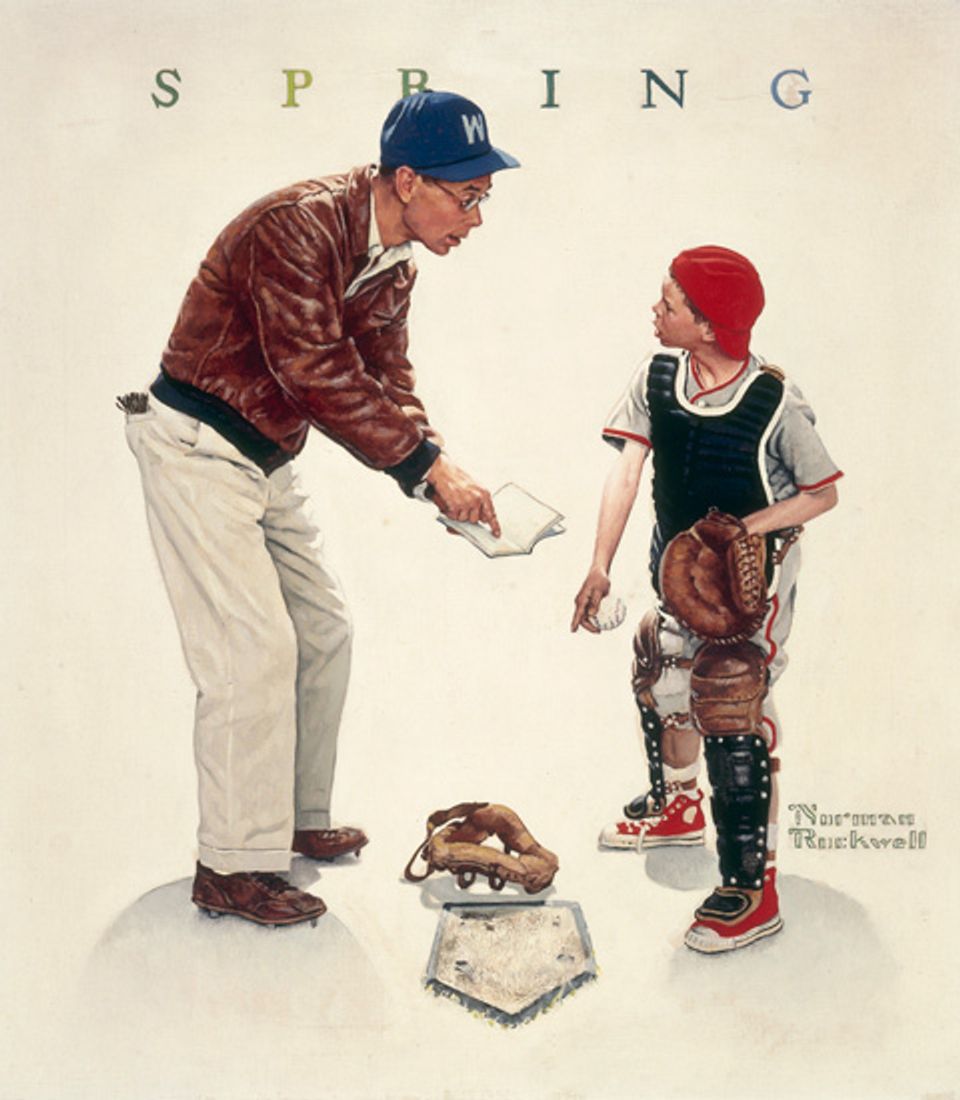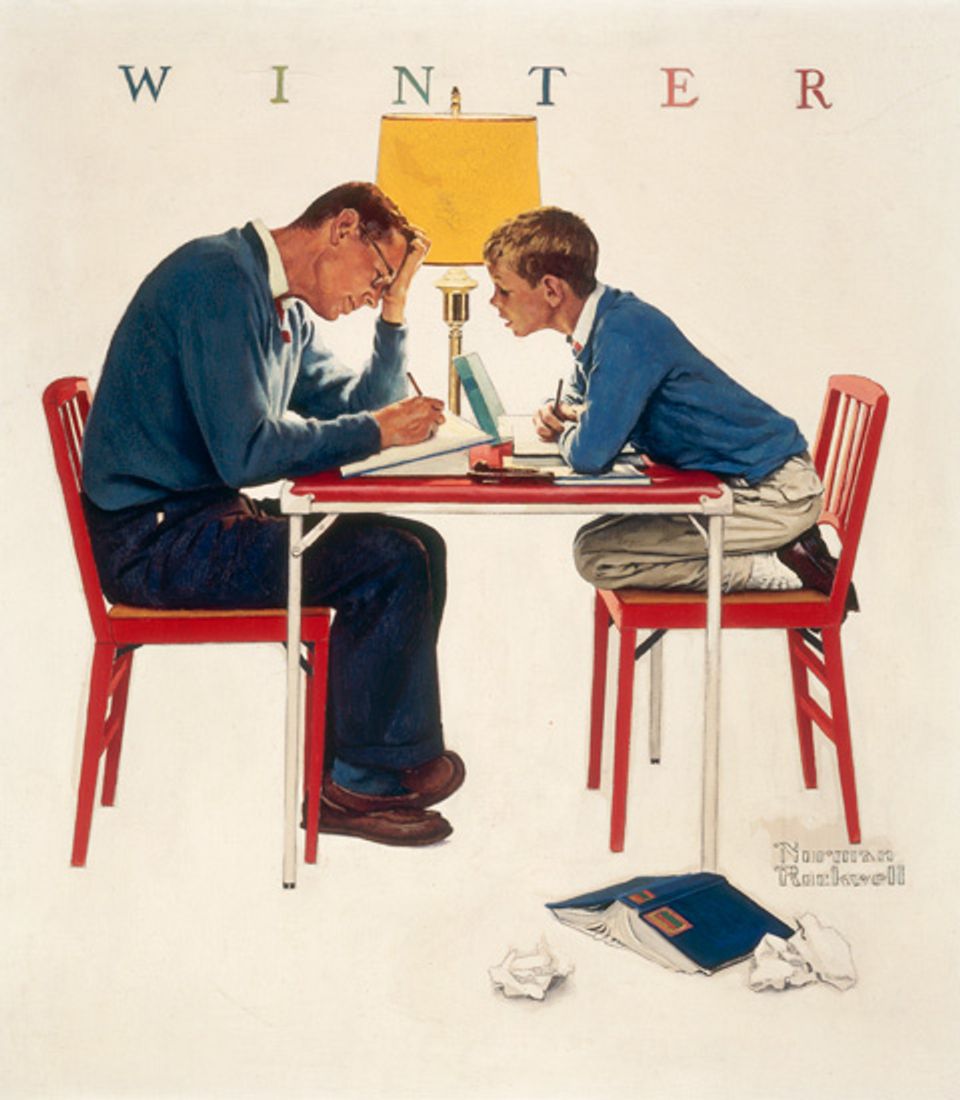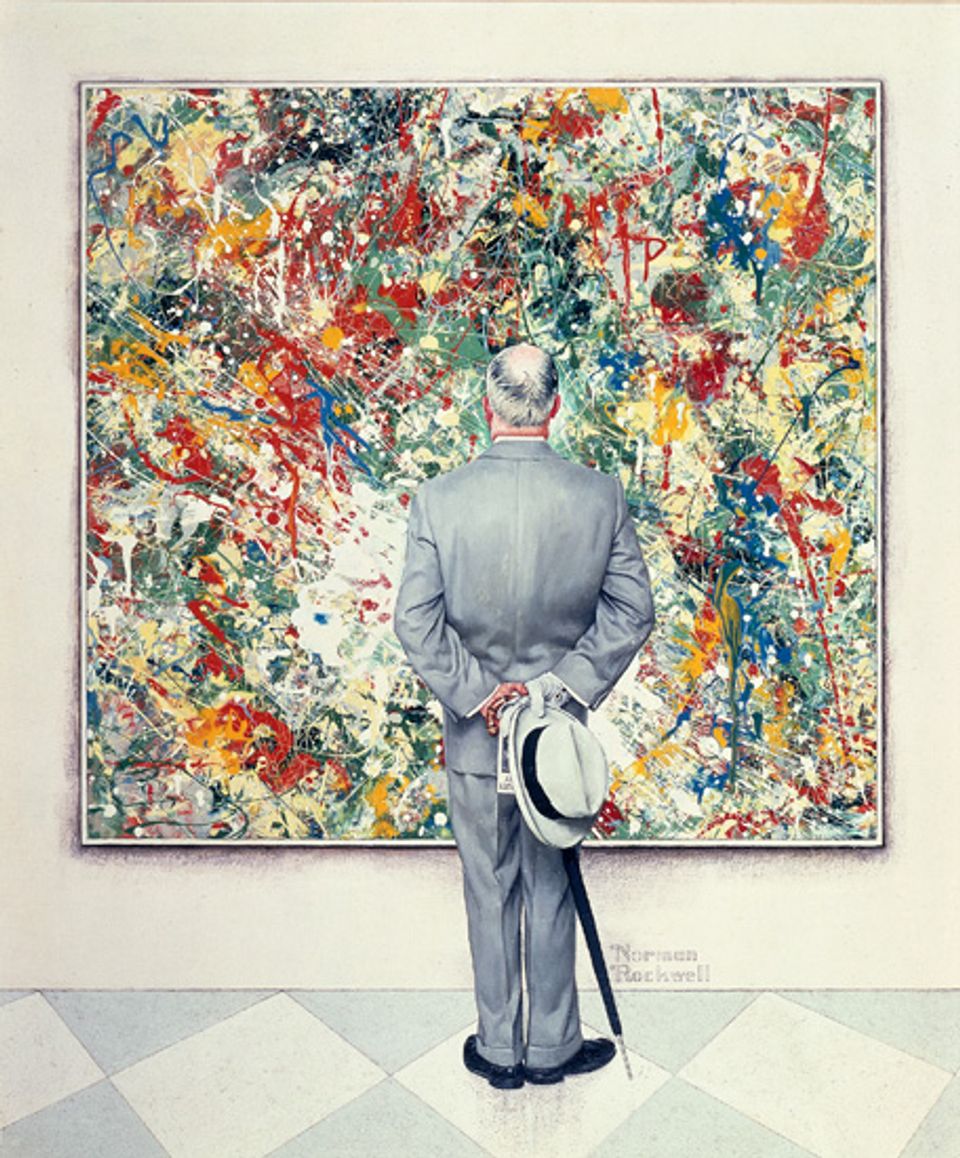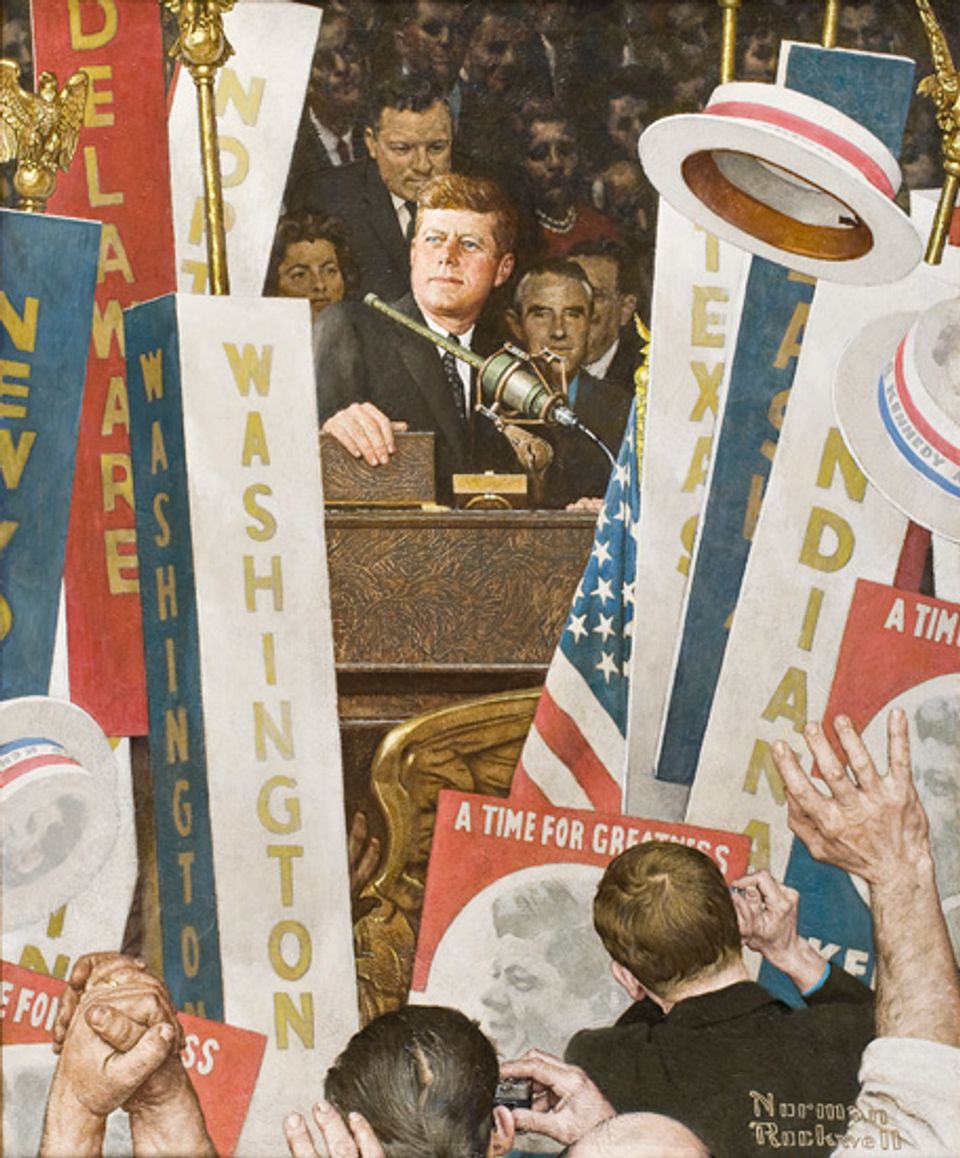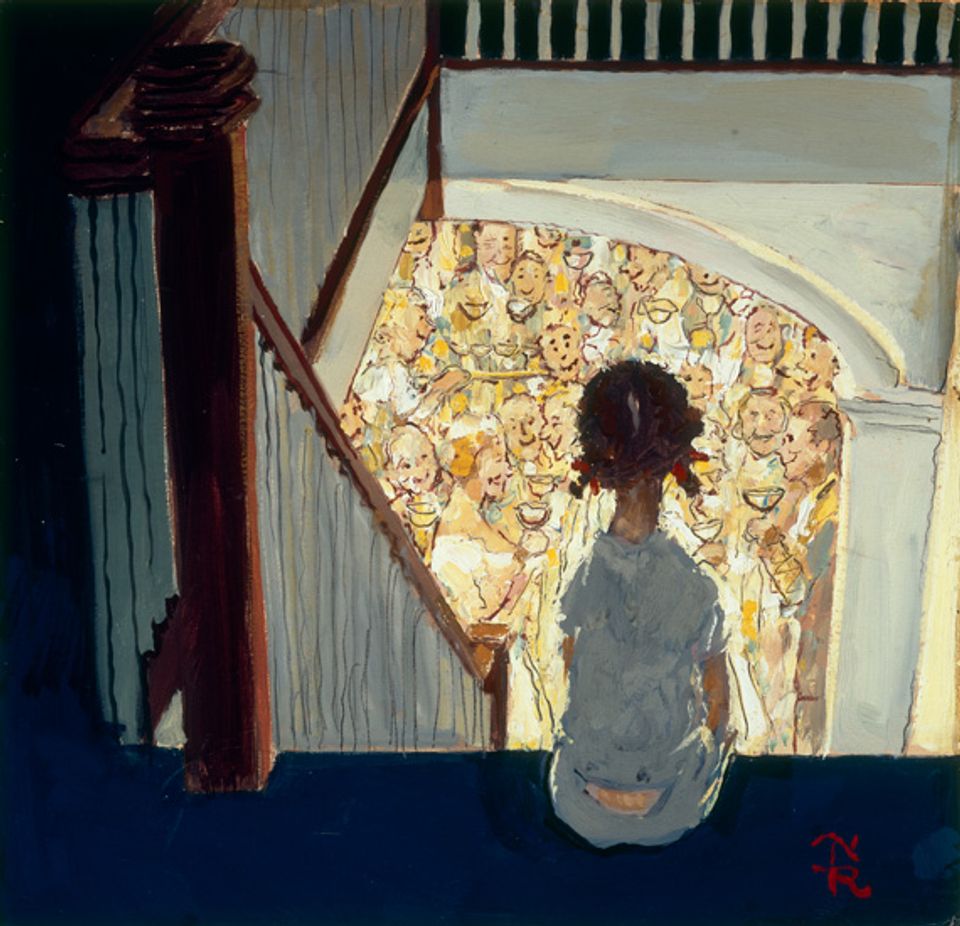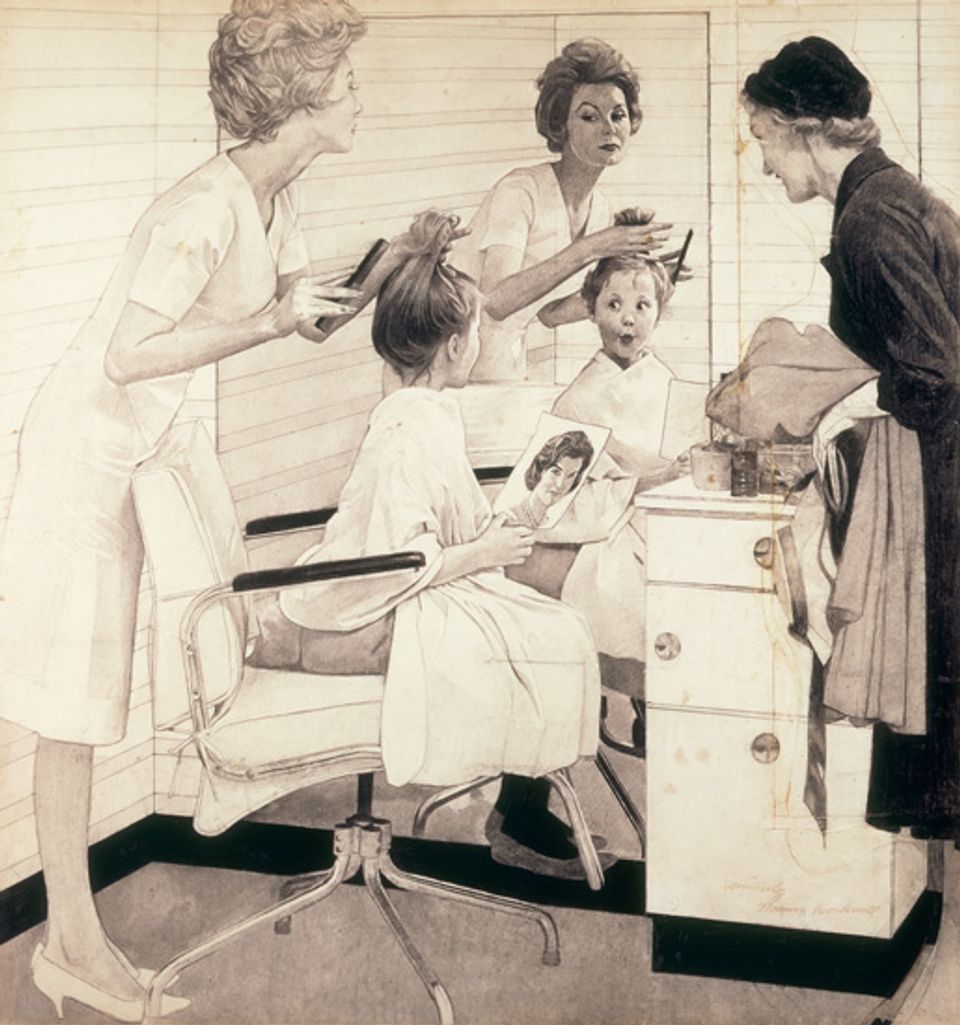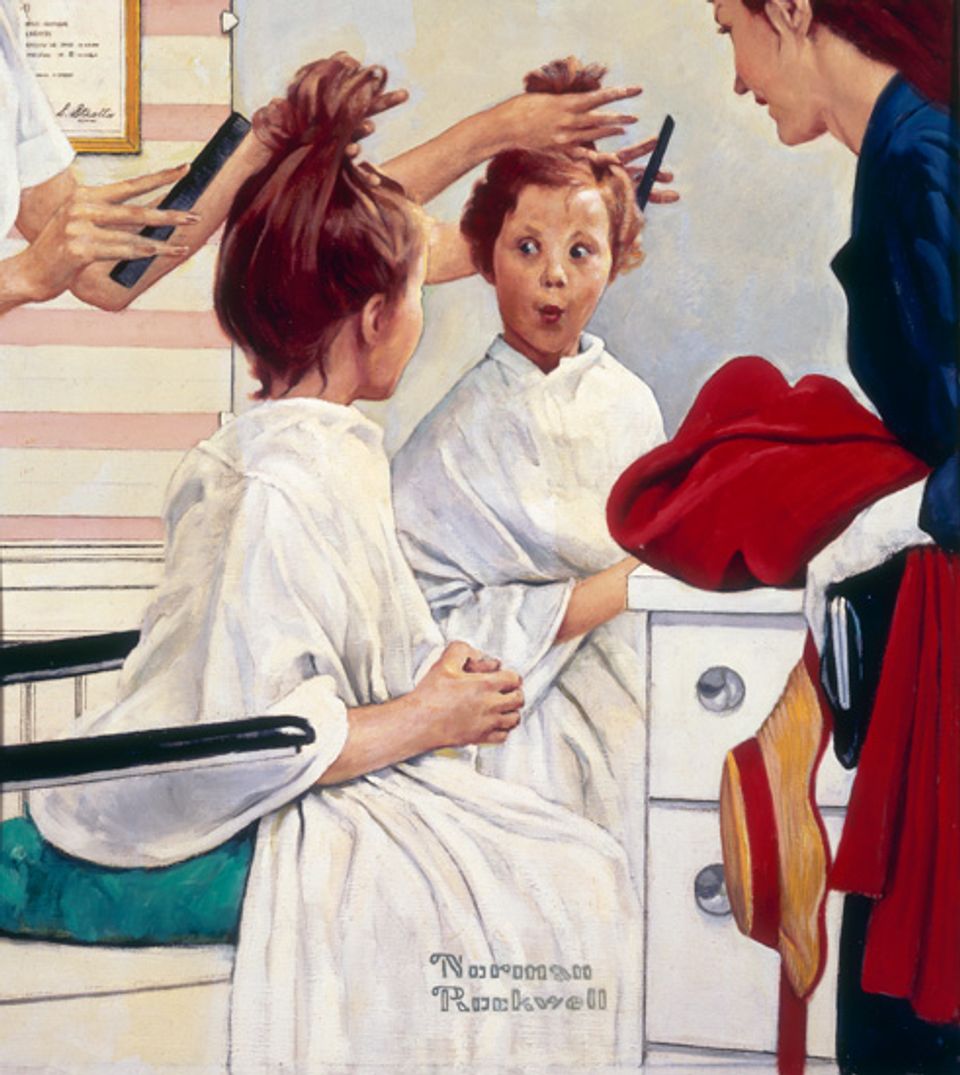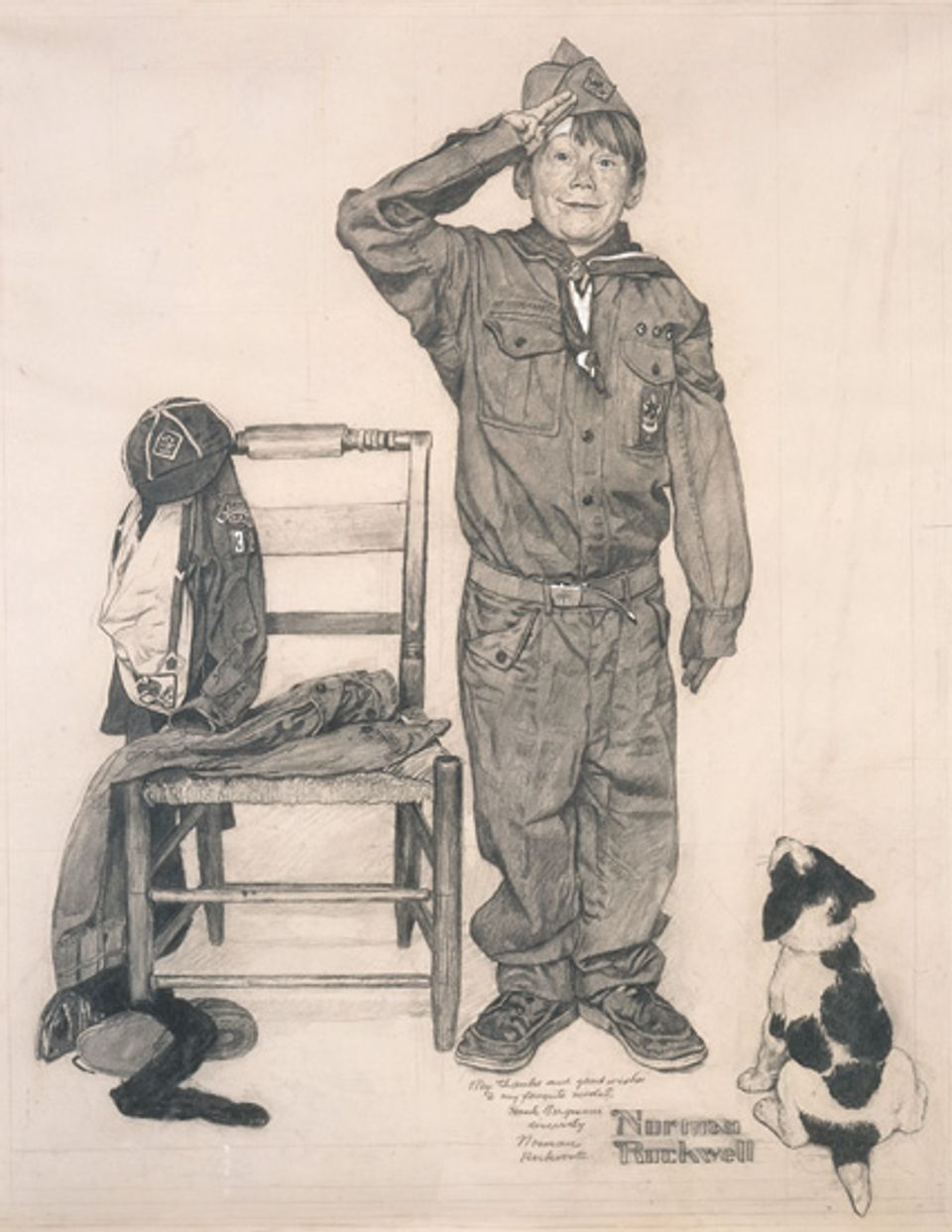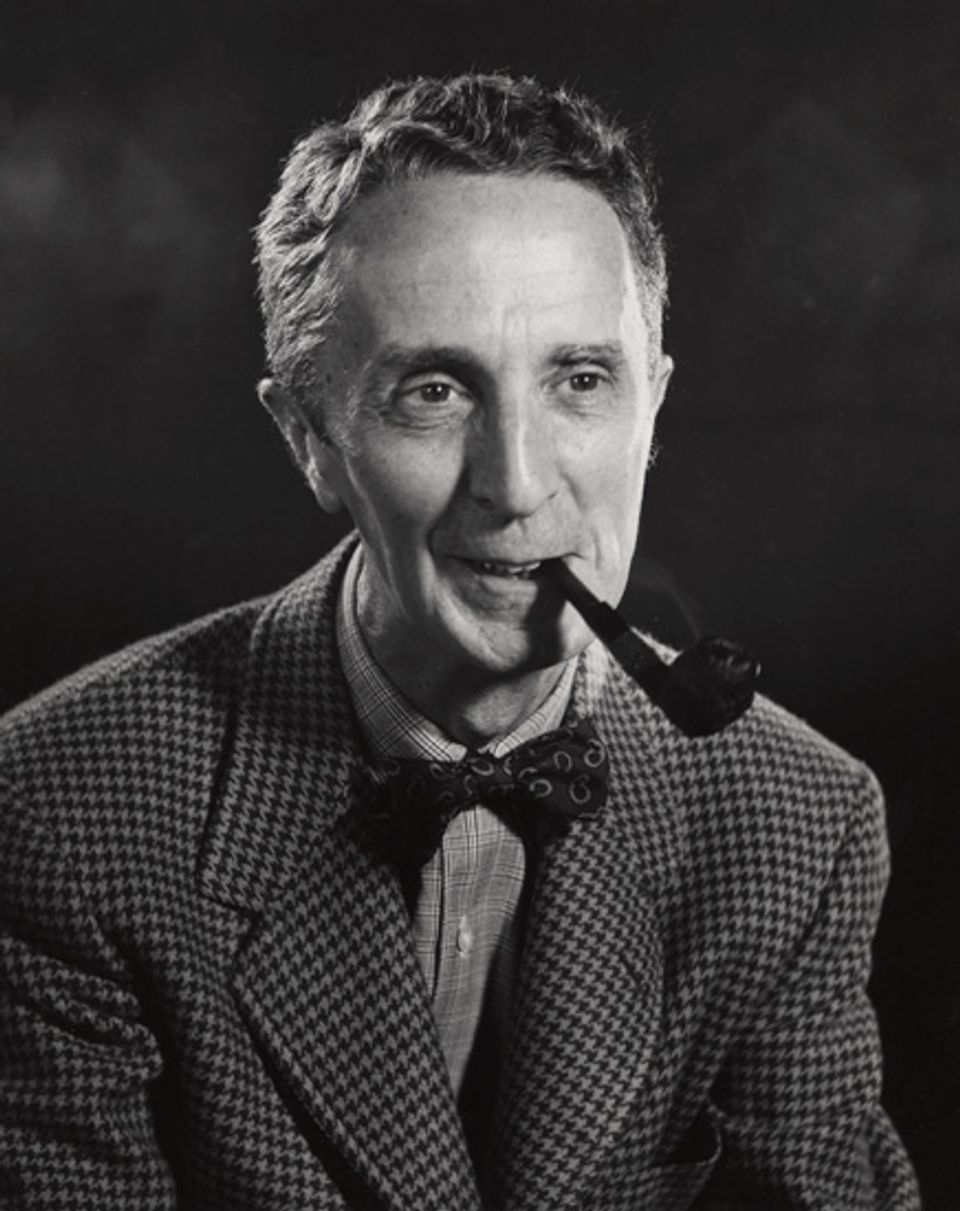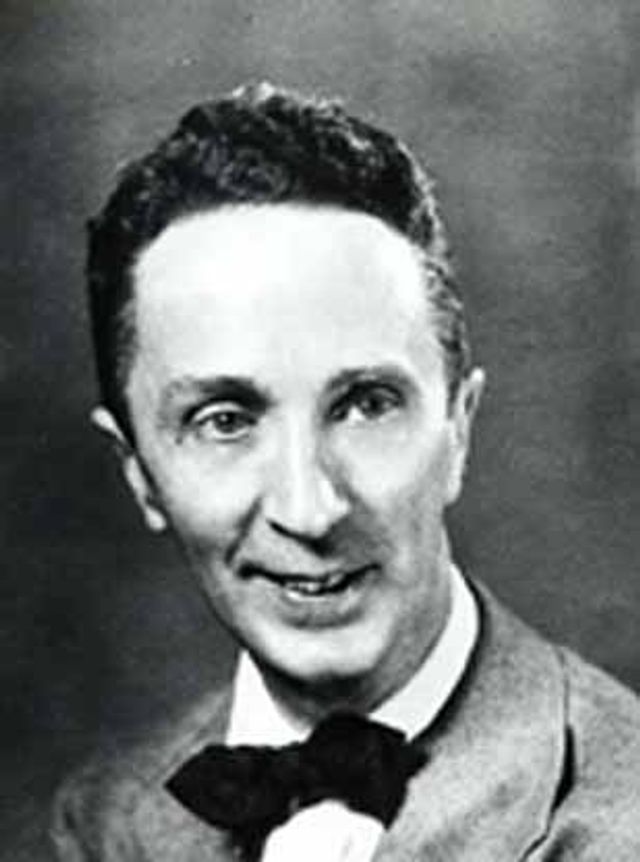Telling Stories: Norman Rockwell from the Collections of George Lucas and Steven Spielberg
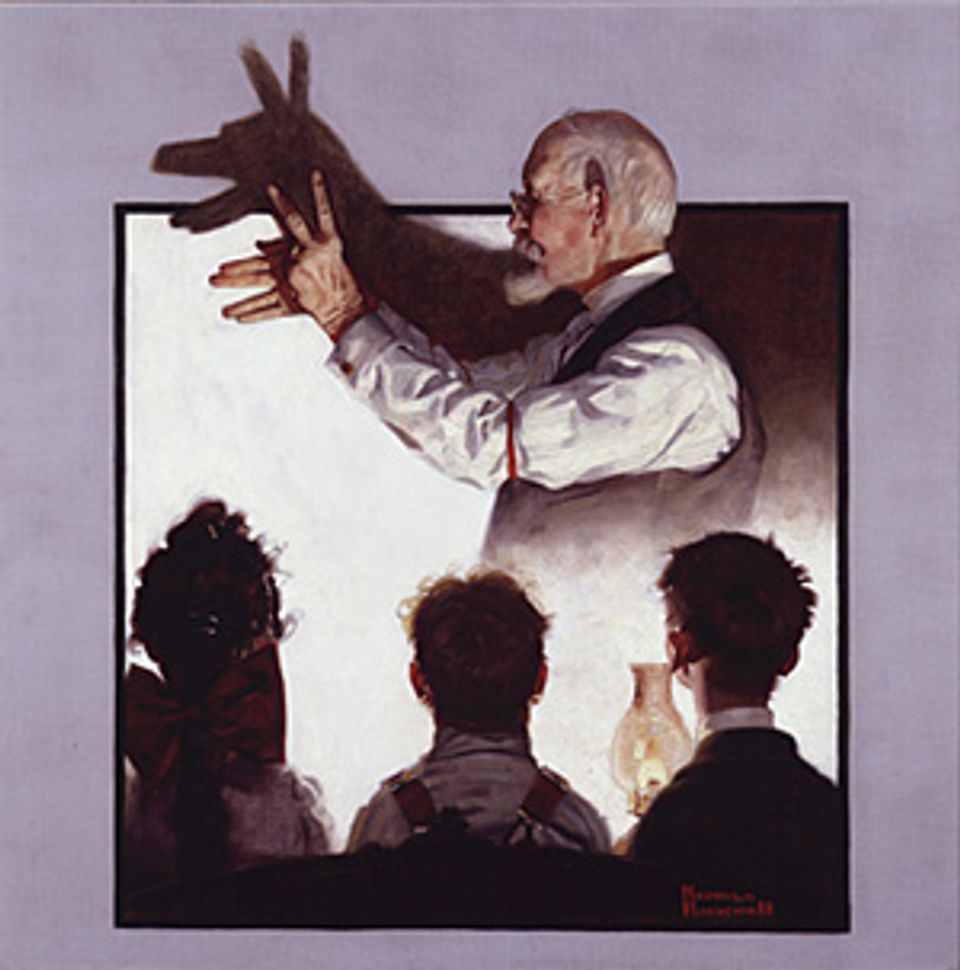
Norman Rockwell, Shadow Artist, 1920, oil on canvas, Collection of George Lucas
Telling Stories is the first major exhibition to explore in-depth the connections between Norman Rockwell’s iconic images of American life and the movies. Two of America’s best-known modern filmmakers — George Lucas and Steven Spielberg — recognized a kindred spirit in Rockwell and formed significant collections of his work. Rockwell’s paintings and the films of Lucas and Spielberg evoke love of country, small town values, children growing up, unlikely heroes, acts of imagination and life’s ironies.
Description
Rockwell was a masterful storyteller who could distill a narrative into a single frame. His pictures tell stories about the adventure of growing up, of individuals rising up to face personal challenges, the glamour of Hollywood and the importance of tolerance in American life. He created his pictures with strategies similar to those used by filmmakers.
The exhibition is based on new research into Rockwell, his work and the relationships between the artist and the movies. It showcases fifty-seven major Rockwell paintings and drawings from these private collections. Telling Stories is organized by Virginia M. Mecklenburg, senior curator.
Visiting Information
Publications
Videos
George Lucas and Steven Spielberg reveal their insights into Rockwell's art and why certain works appealed to them. Telling Stories is the first major exhibition to explore the connections between Norman Rockwell's iconic images of American life and the movies.
Credit
Telling Stories: Norman Rockwell from the Collections of George Lucas and Steven Spielberg is organized by the Smithsonian American Art Museum. Booz Allen Hamilton has provided generous support as the corporate sponsor of the exhibition. The museum also gratefully acknowledges the contributions of George Lucas and Steven Spielberg.
Online Gallery
Podcast
Listen to "Telling Stories: Norman Rockwell from the Collections of George Lucas and Steven Spielberg” on iTunes U for free.
Artists
Illustrator. A prolific artist, Rockwell created more than 300 covers for The Saturday Evening Post in addition to illustrating calendars, books, posters and advertisements. His work immortalized American family values and homespun characters.














